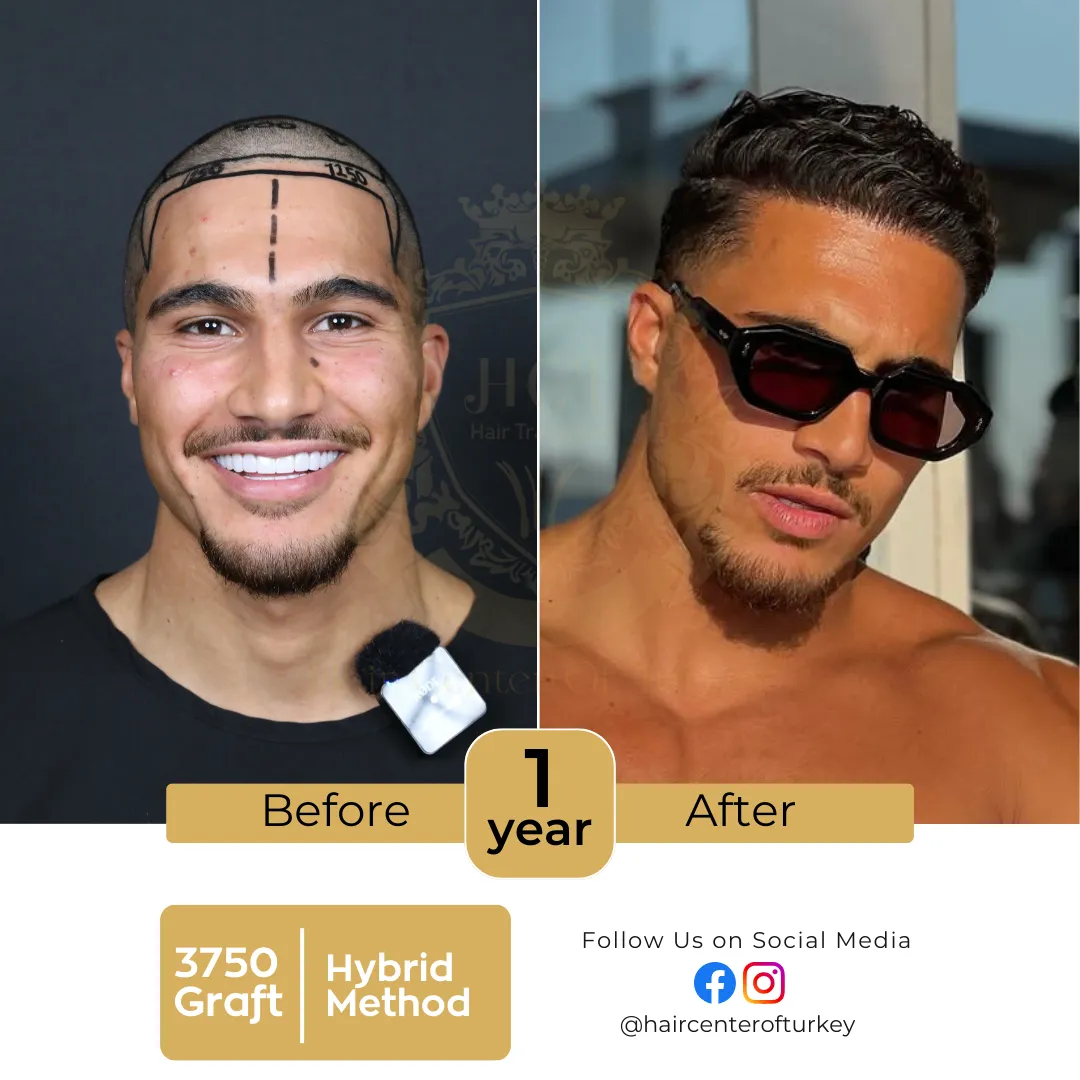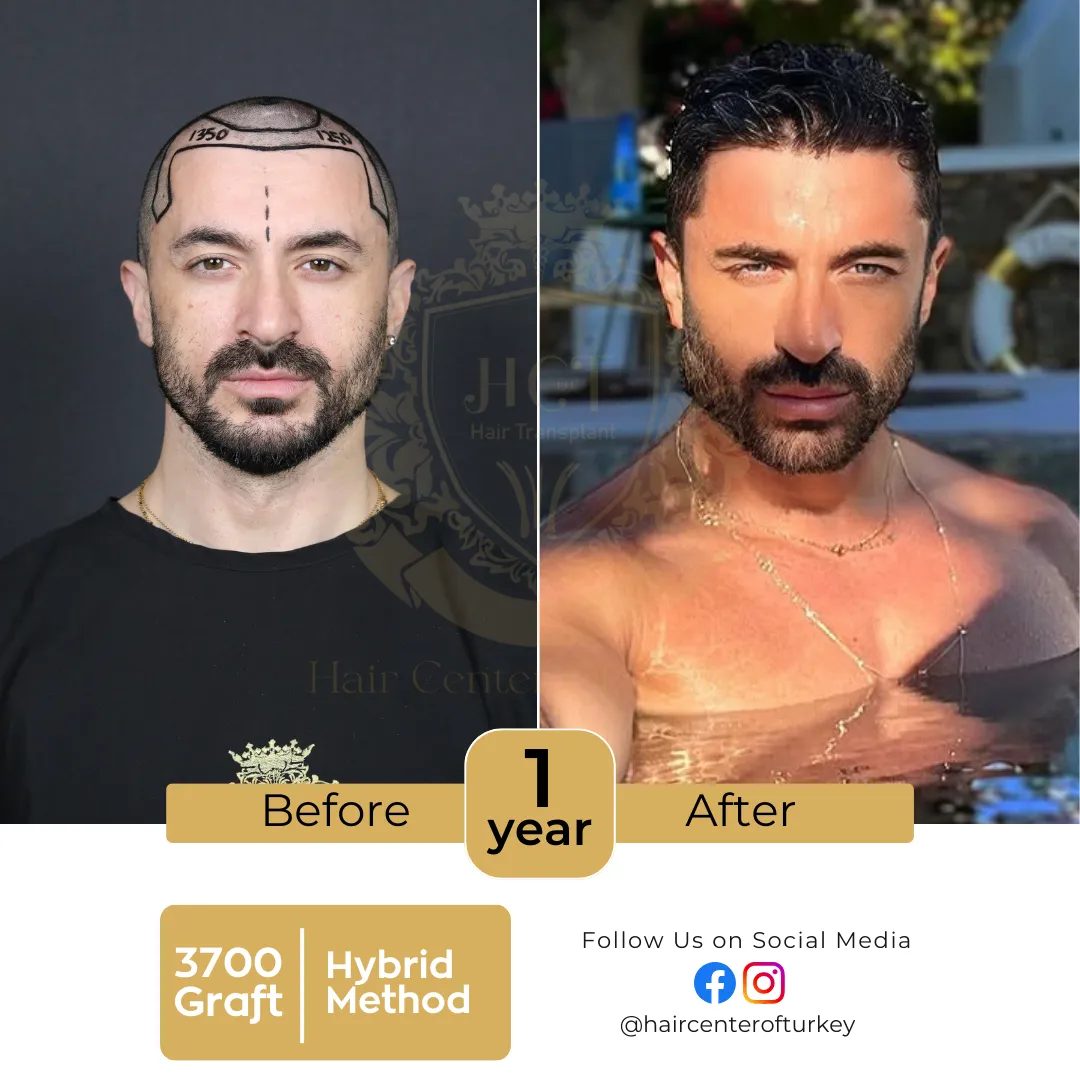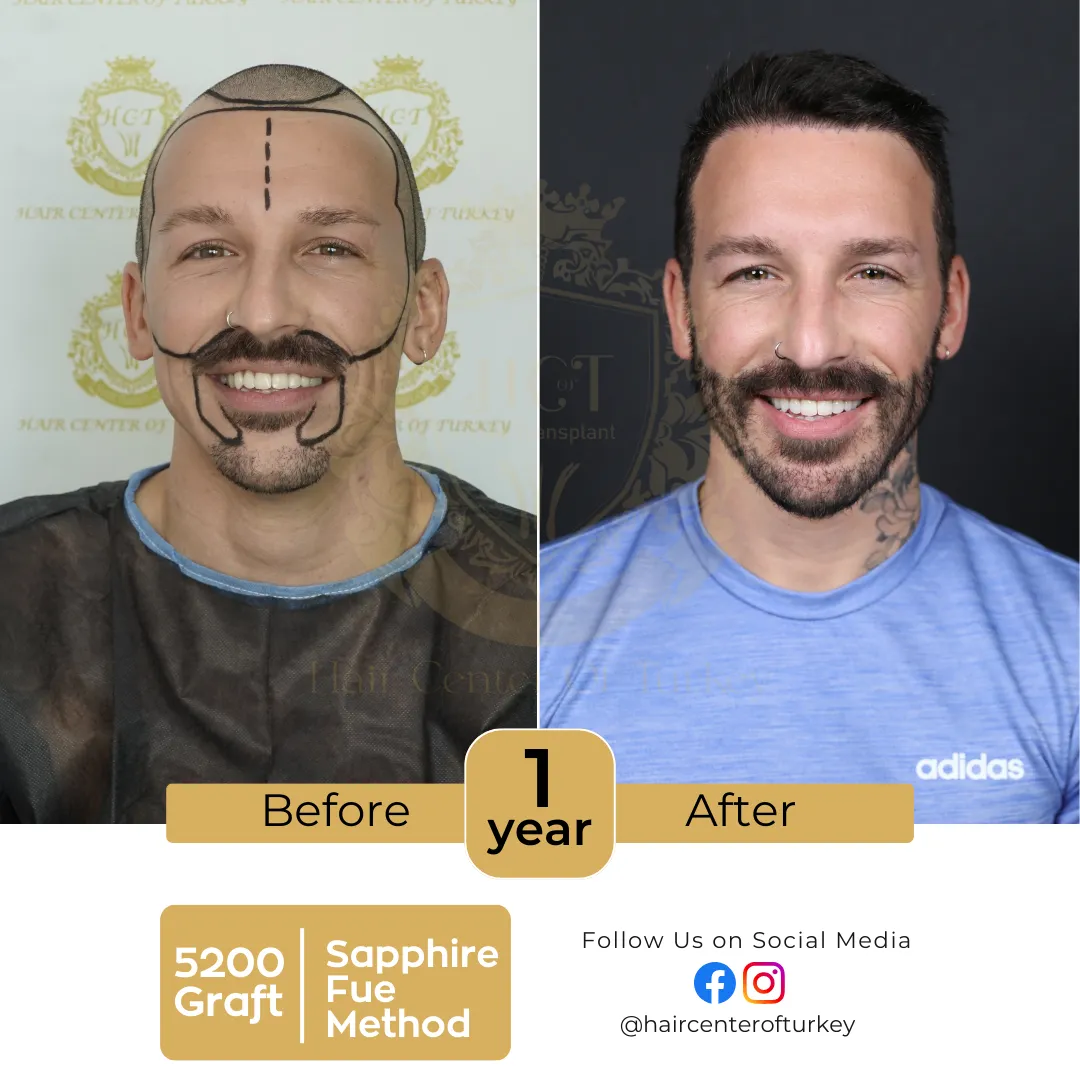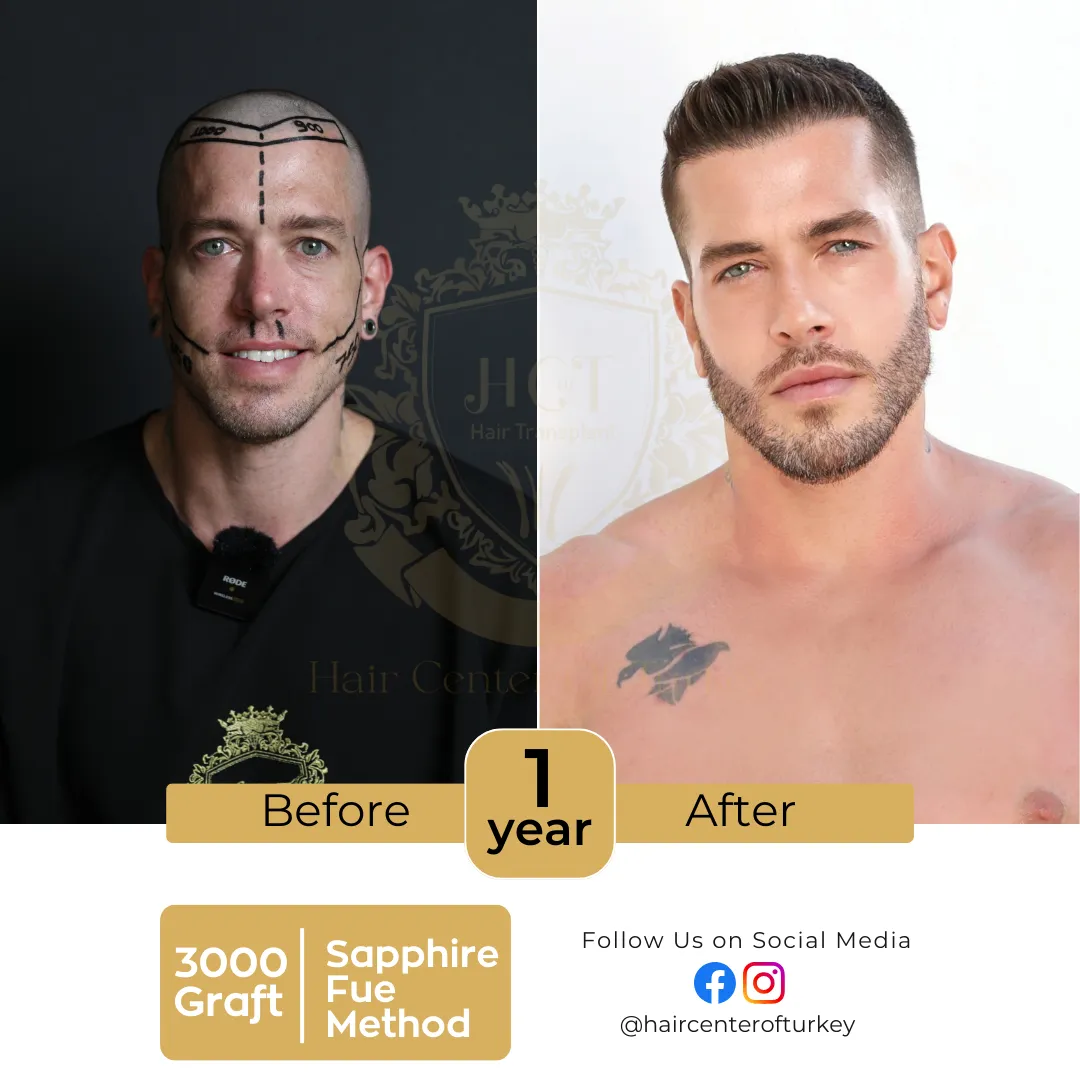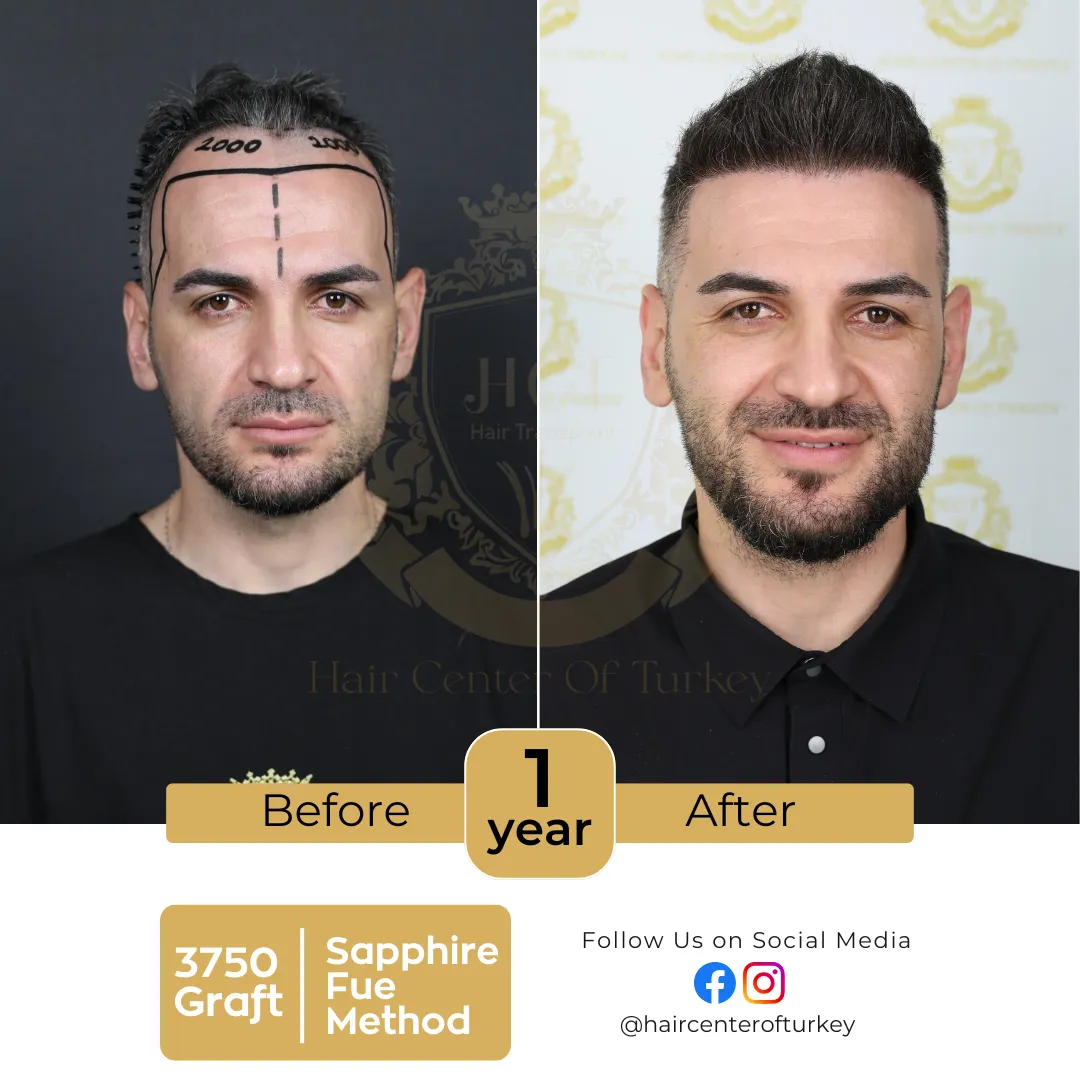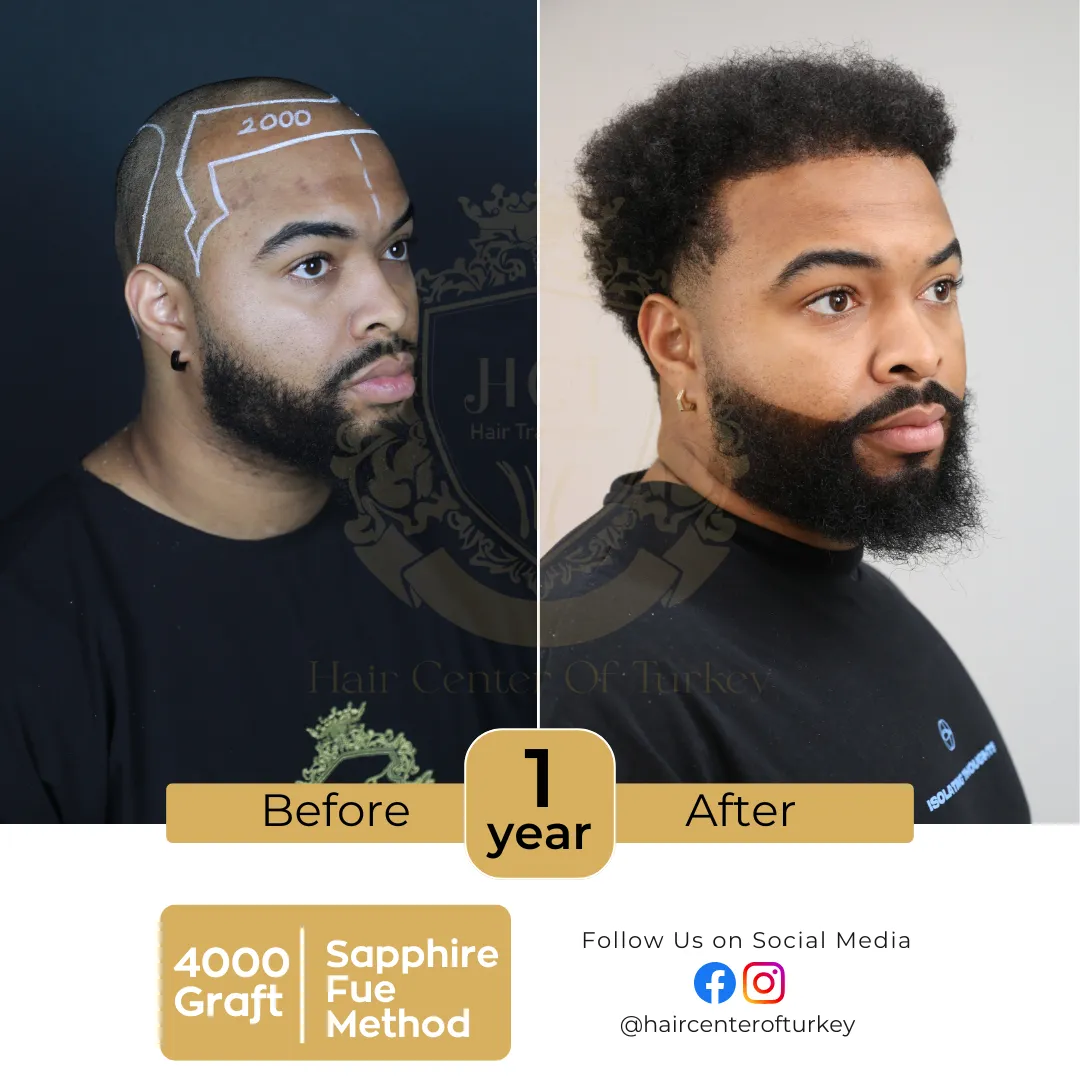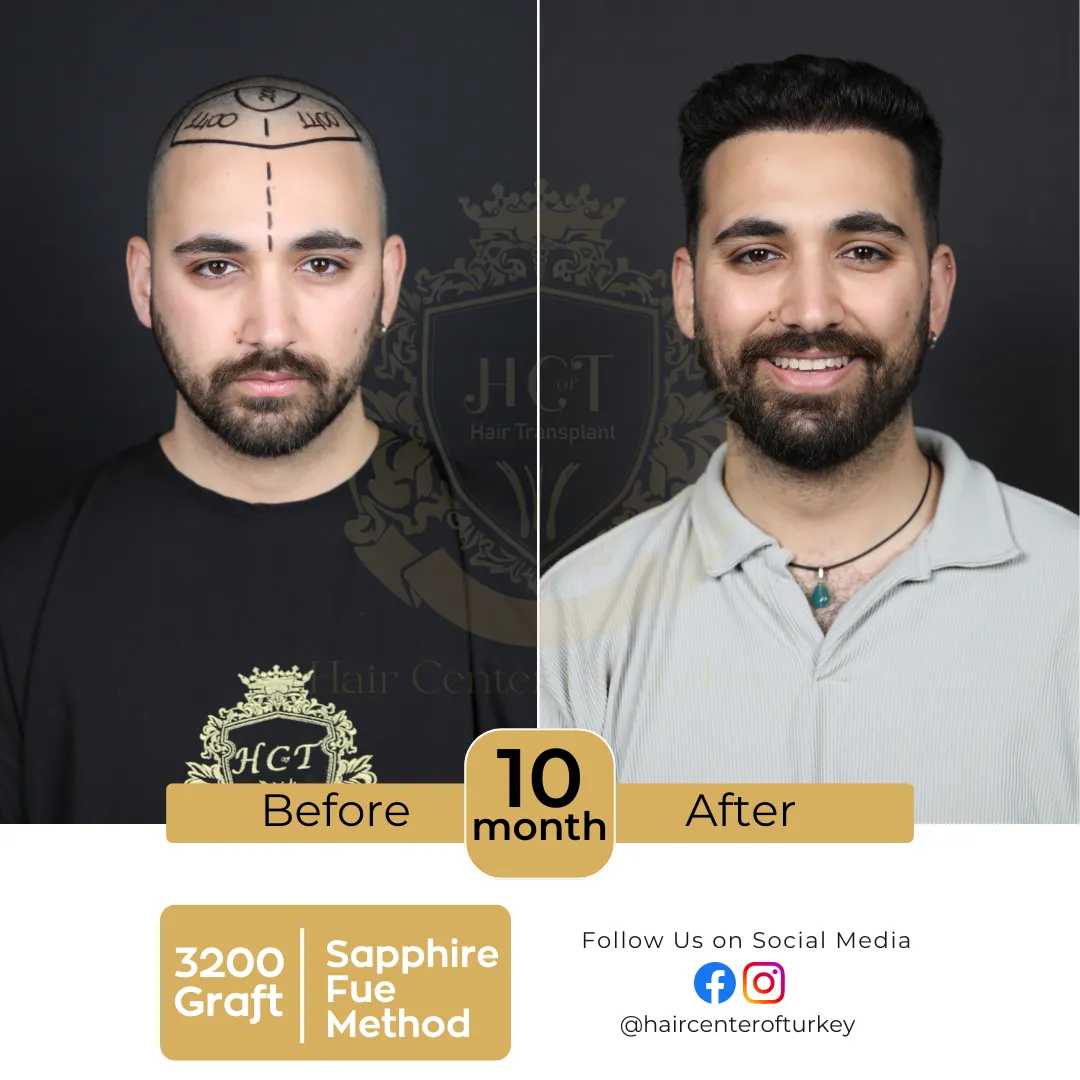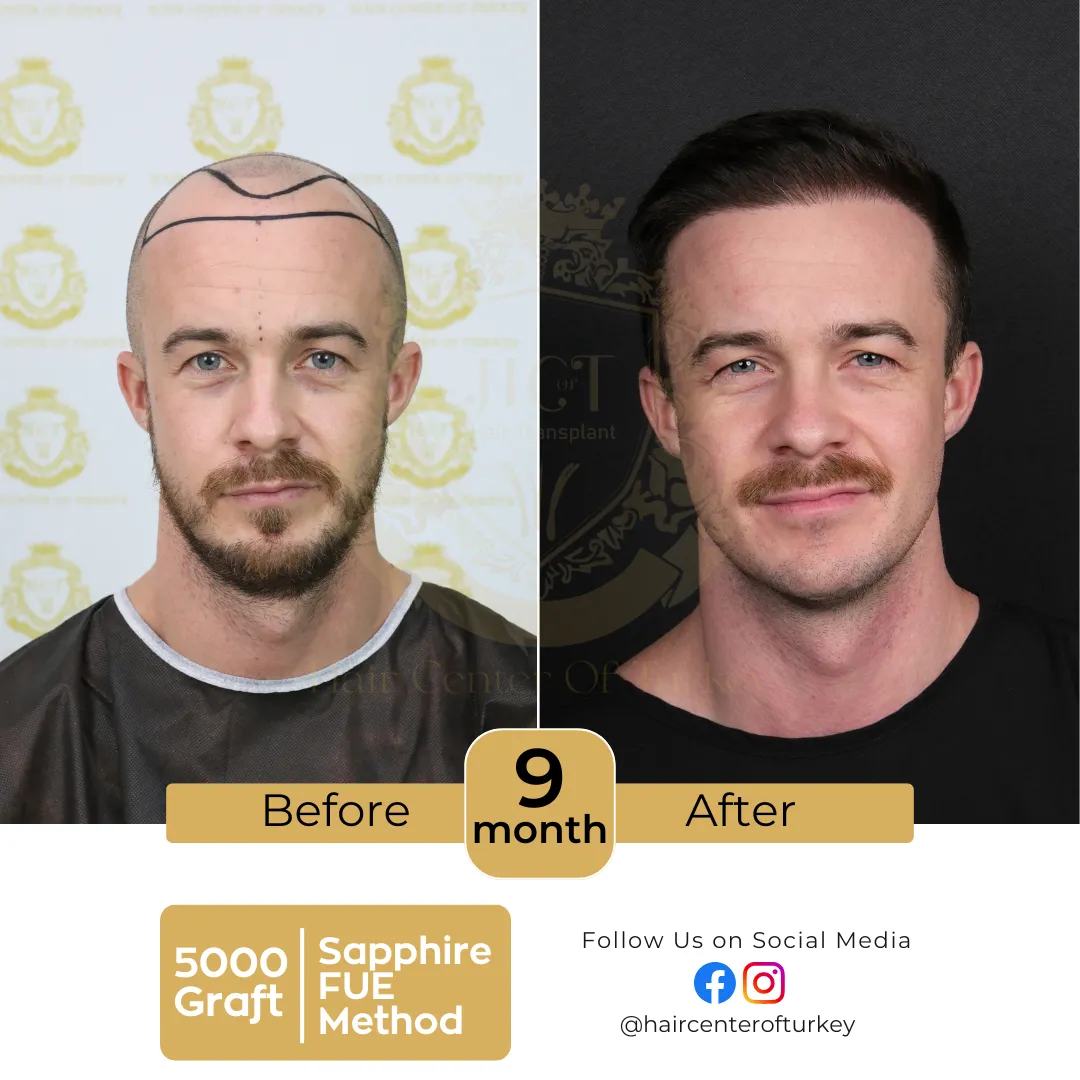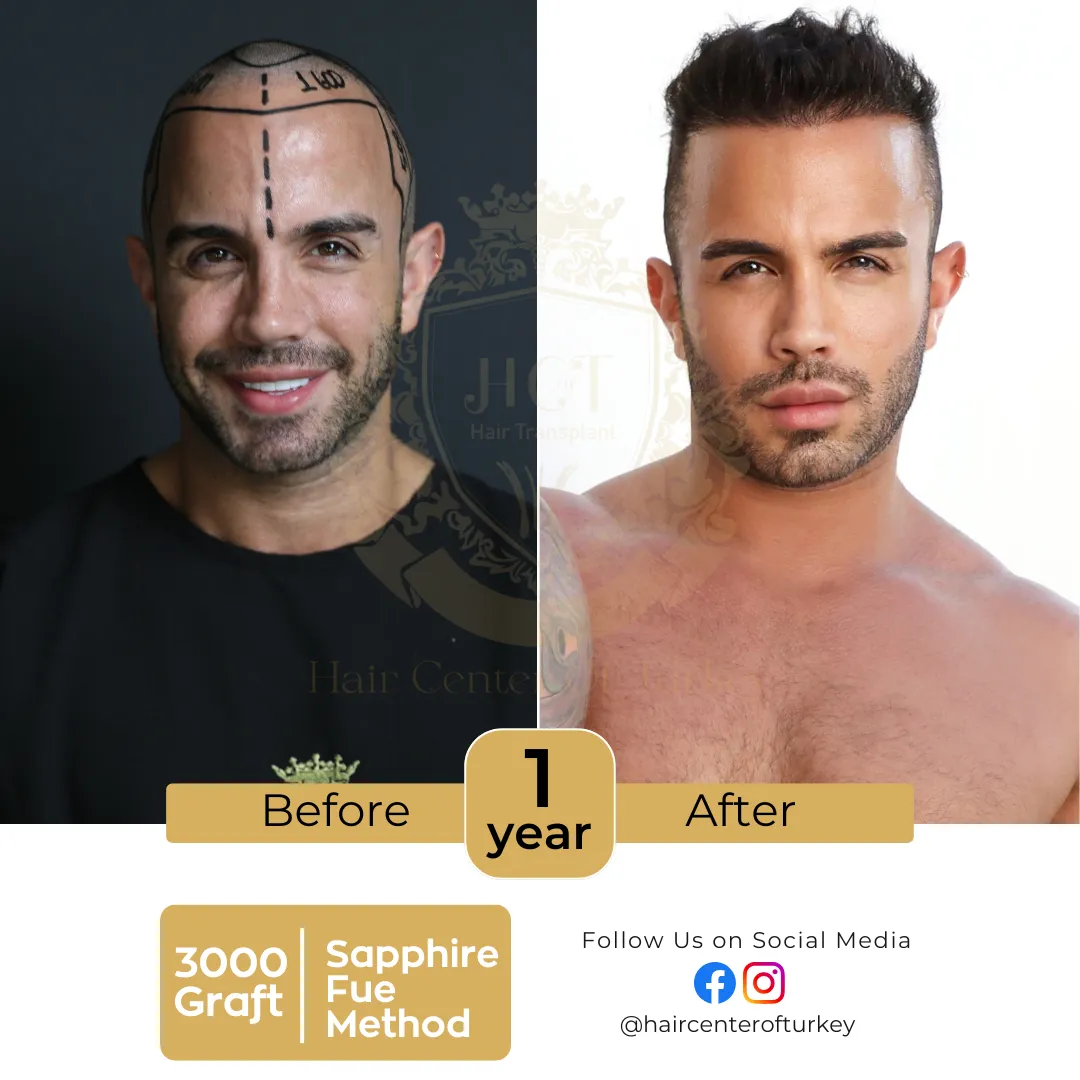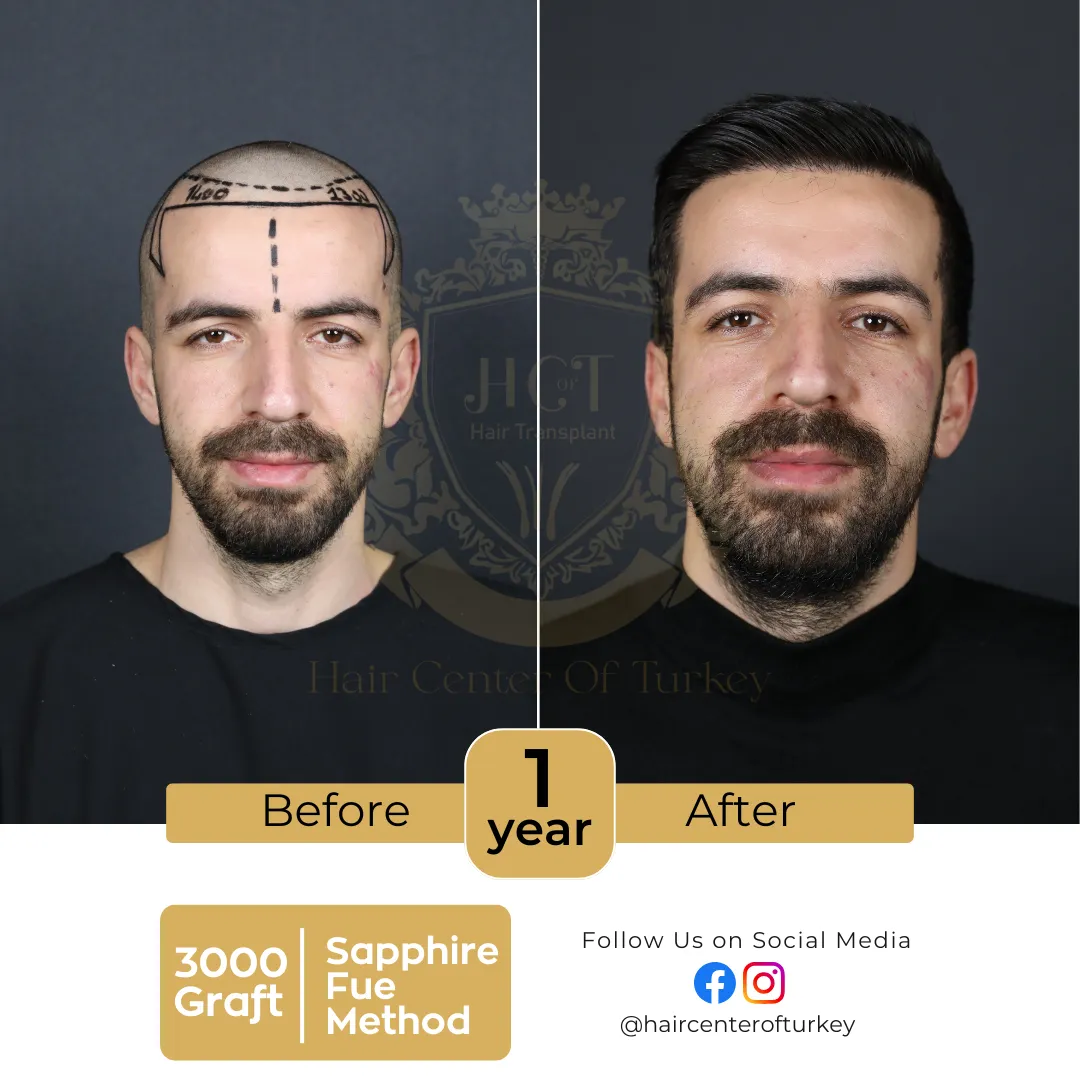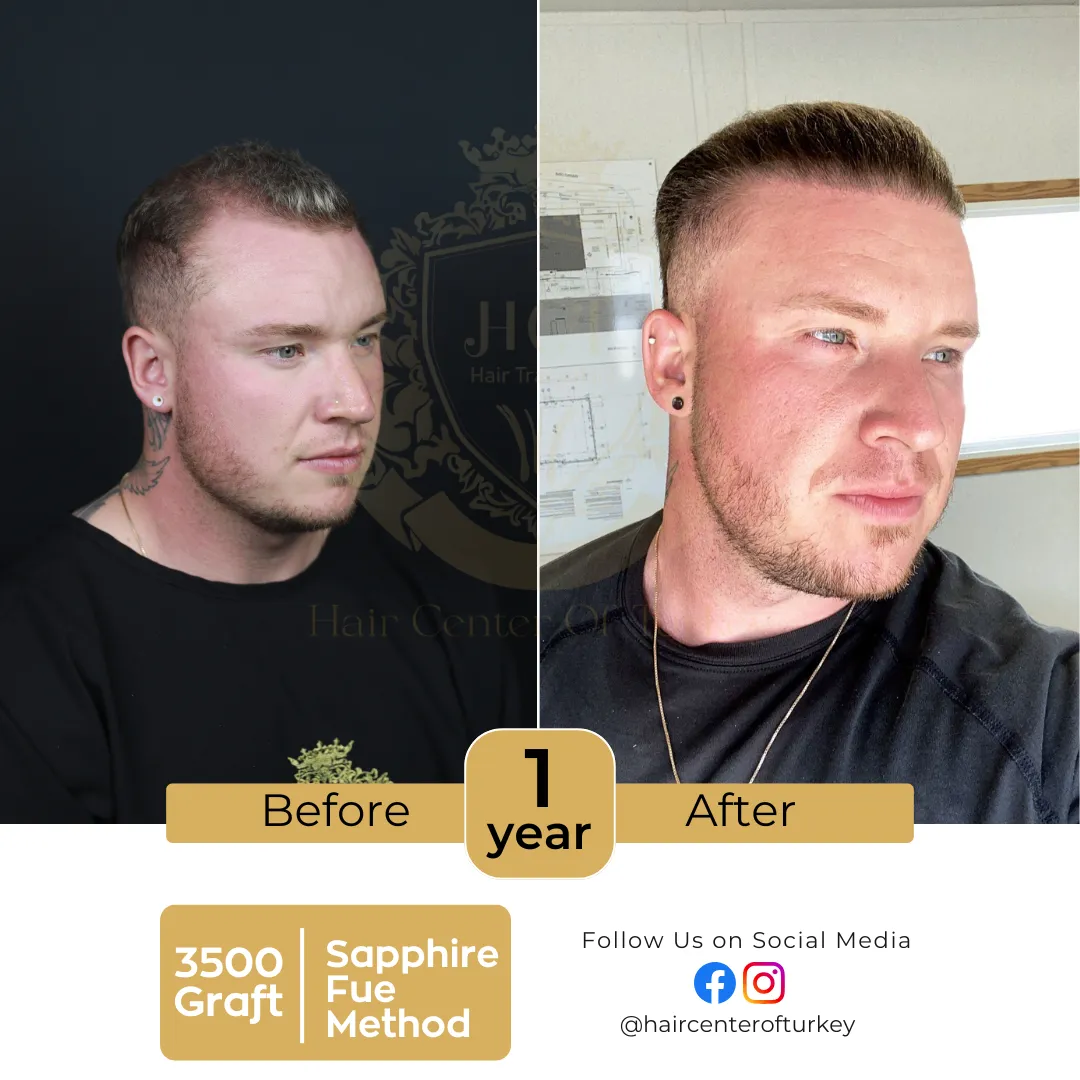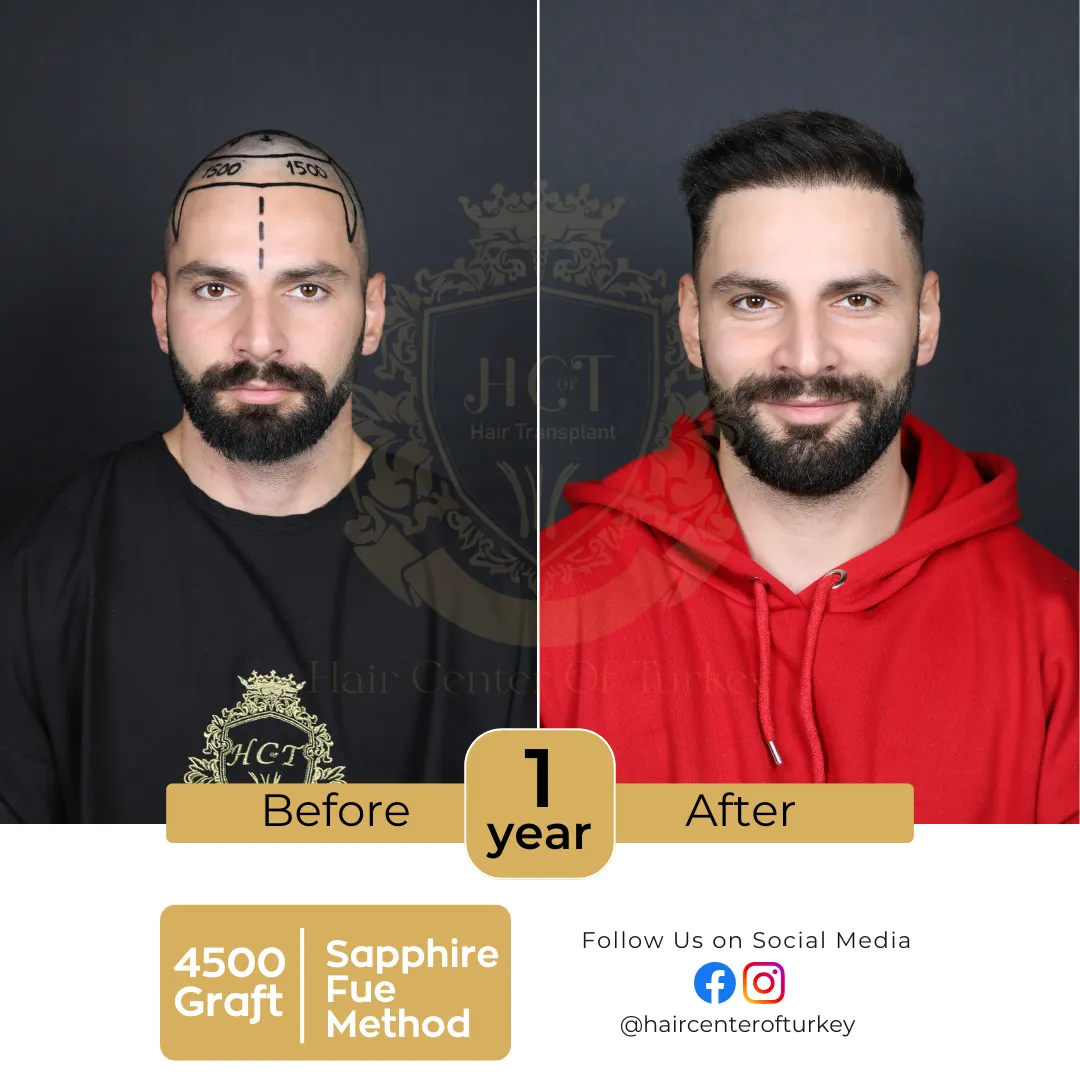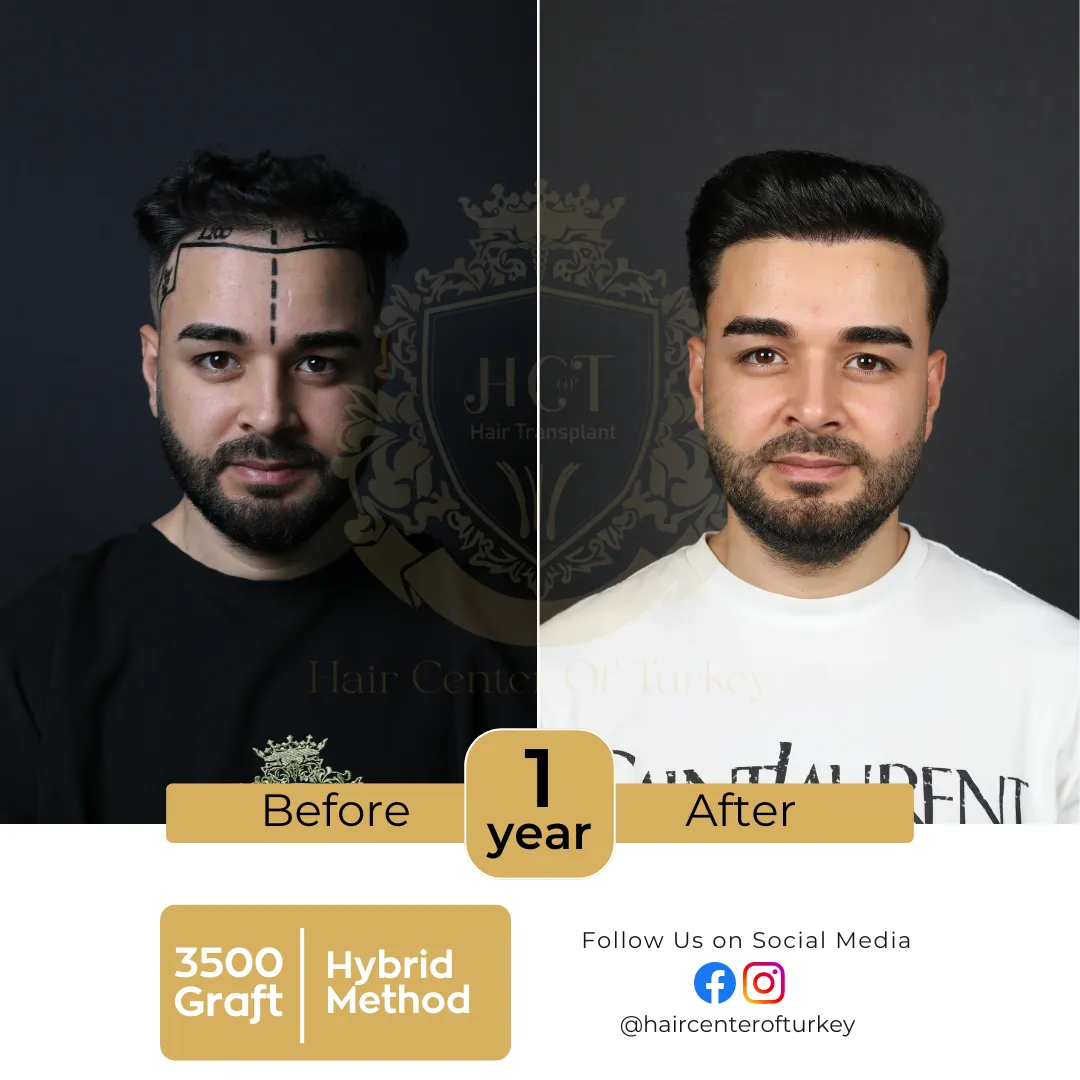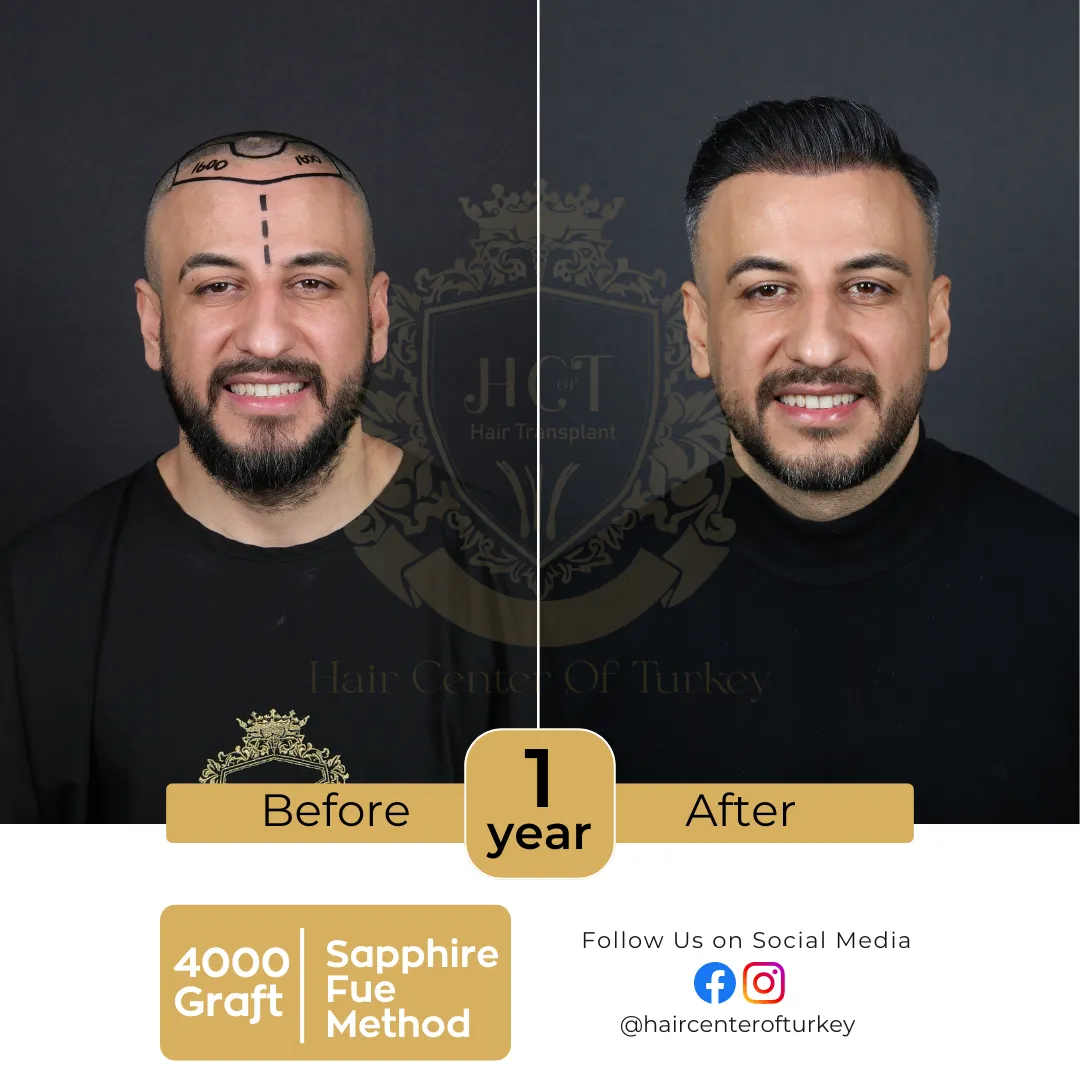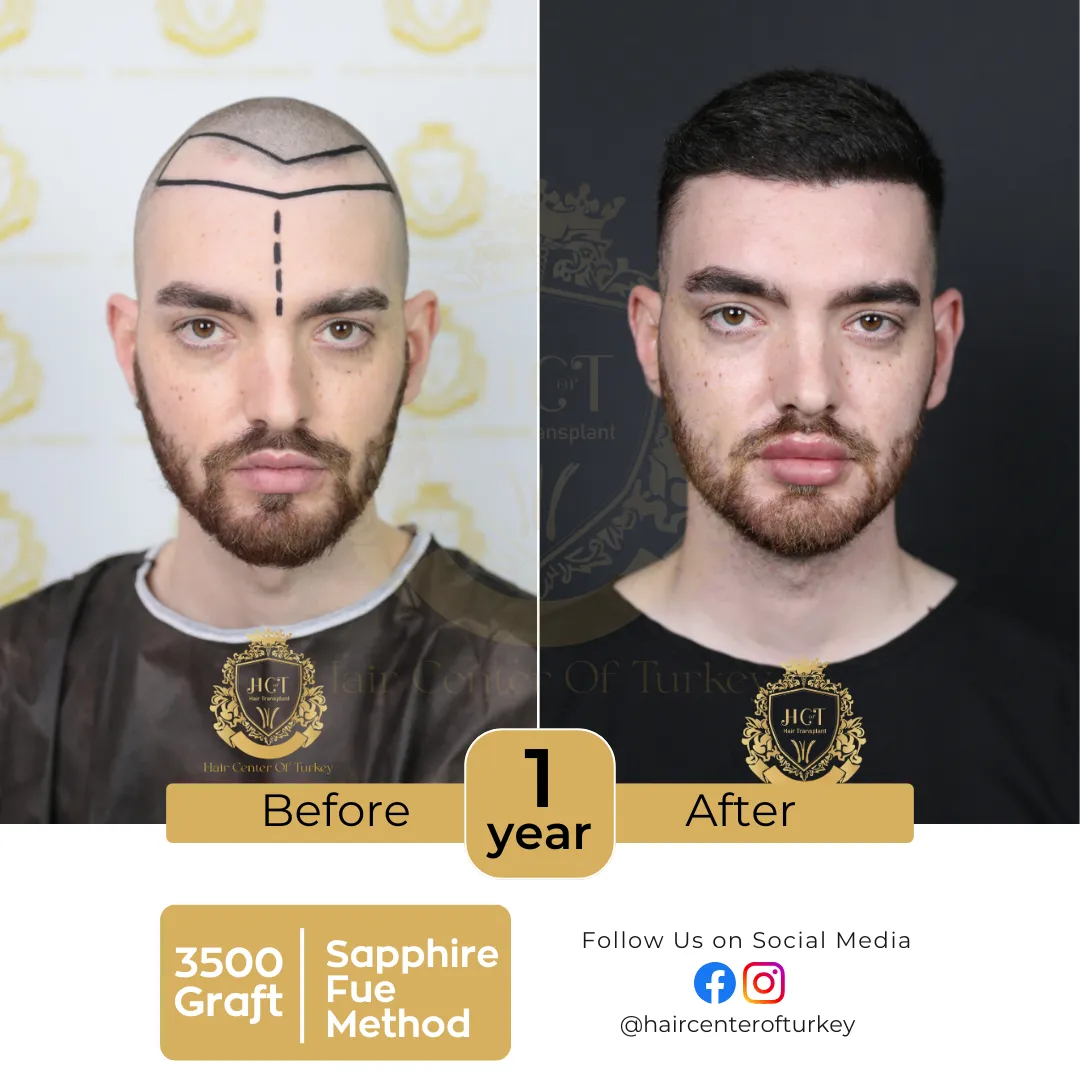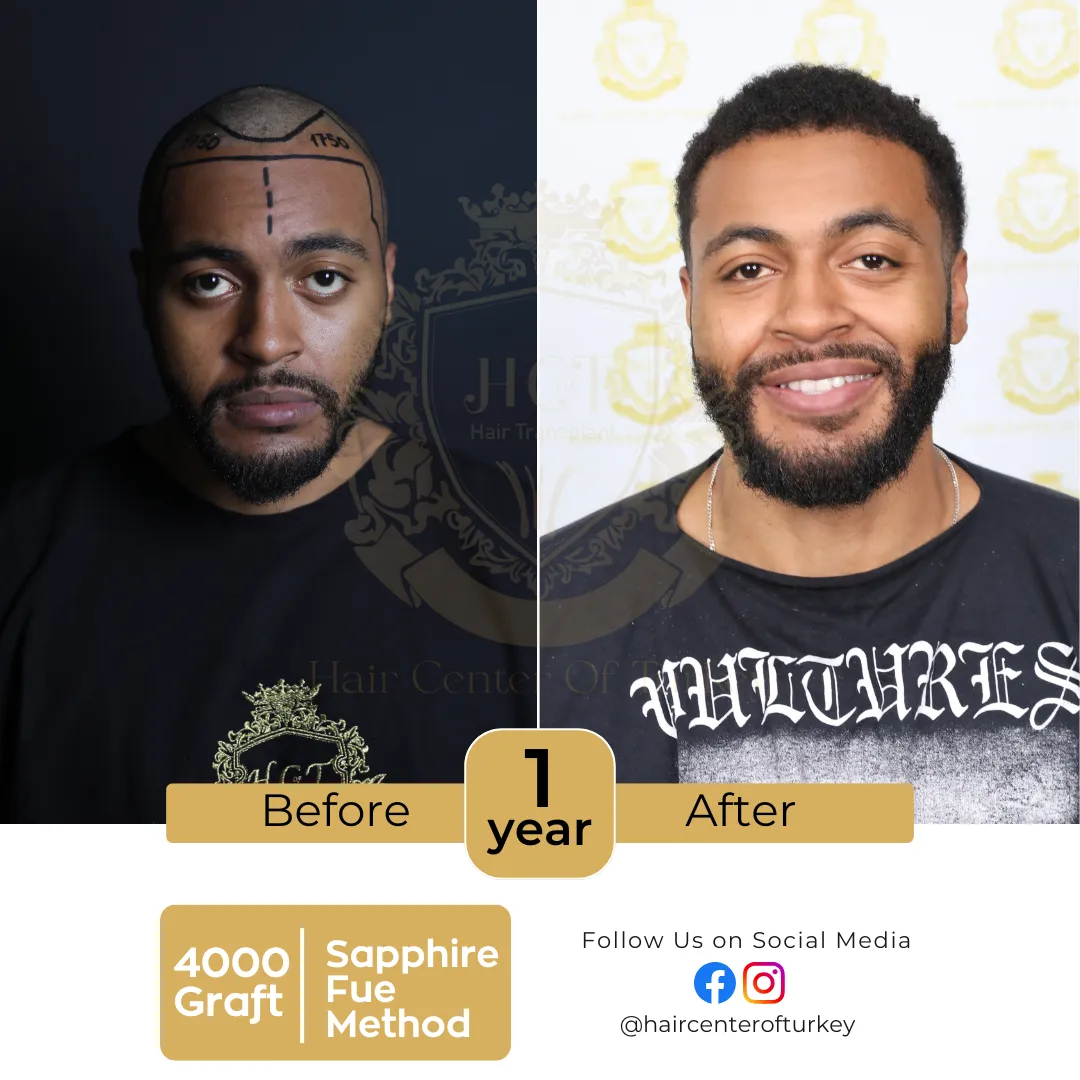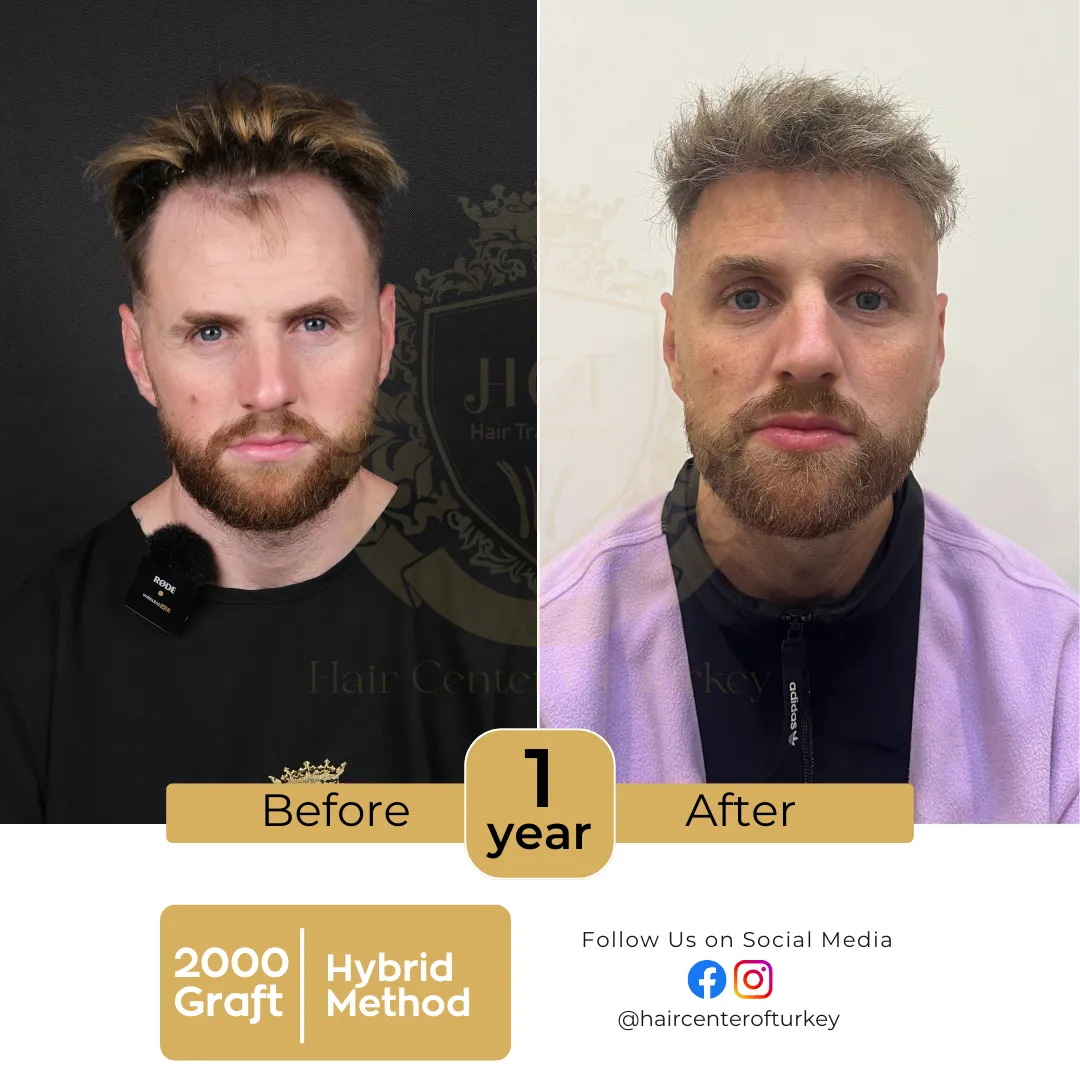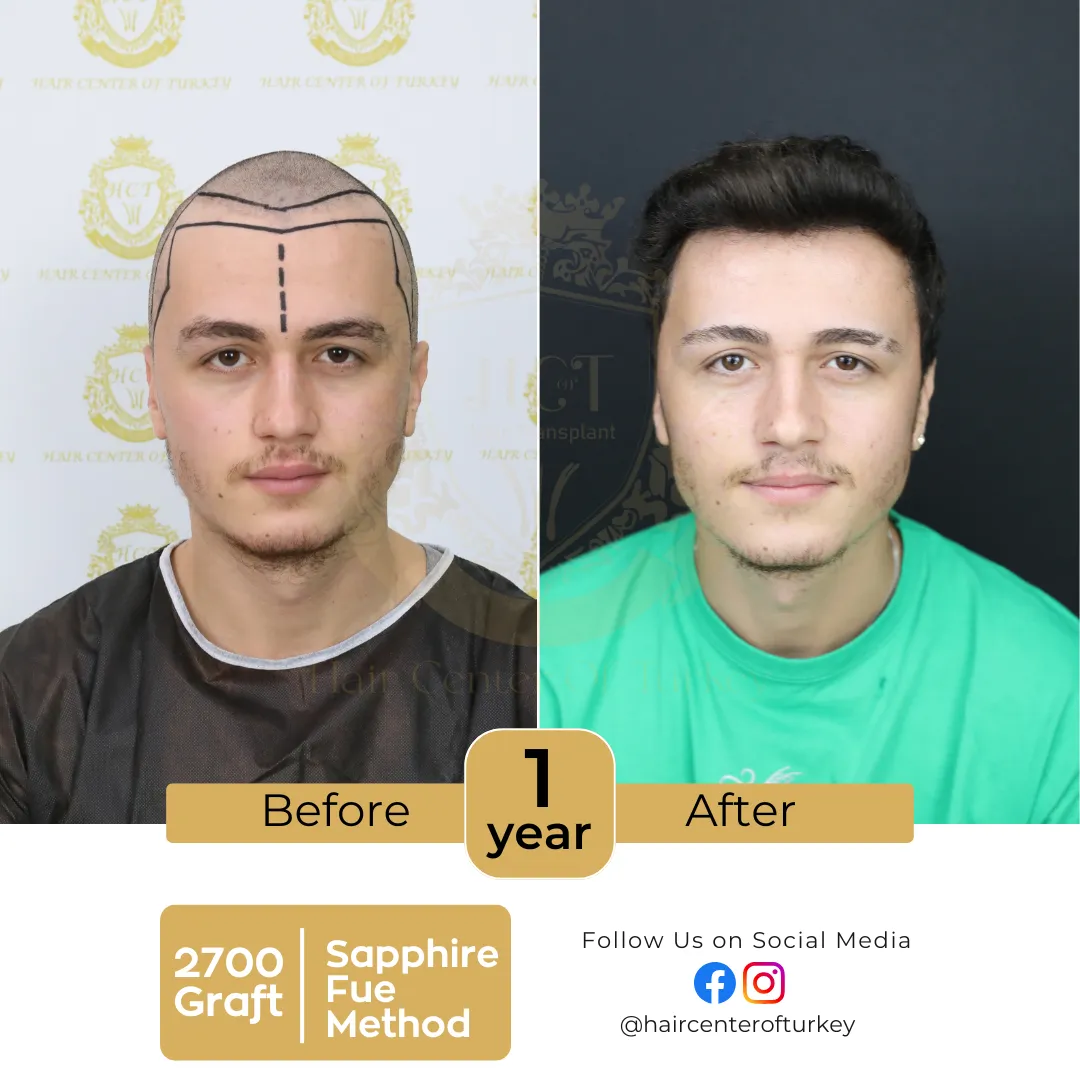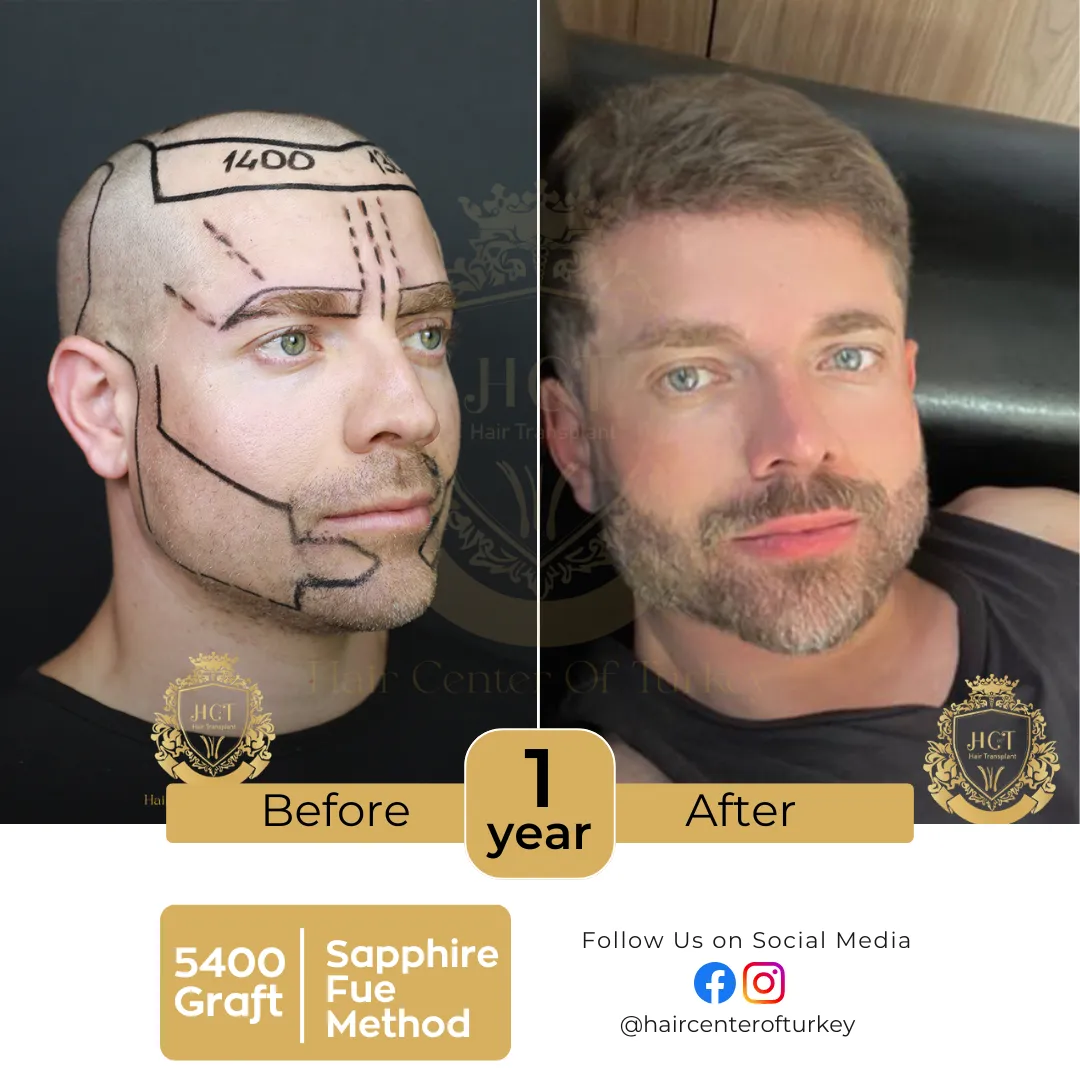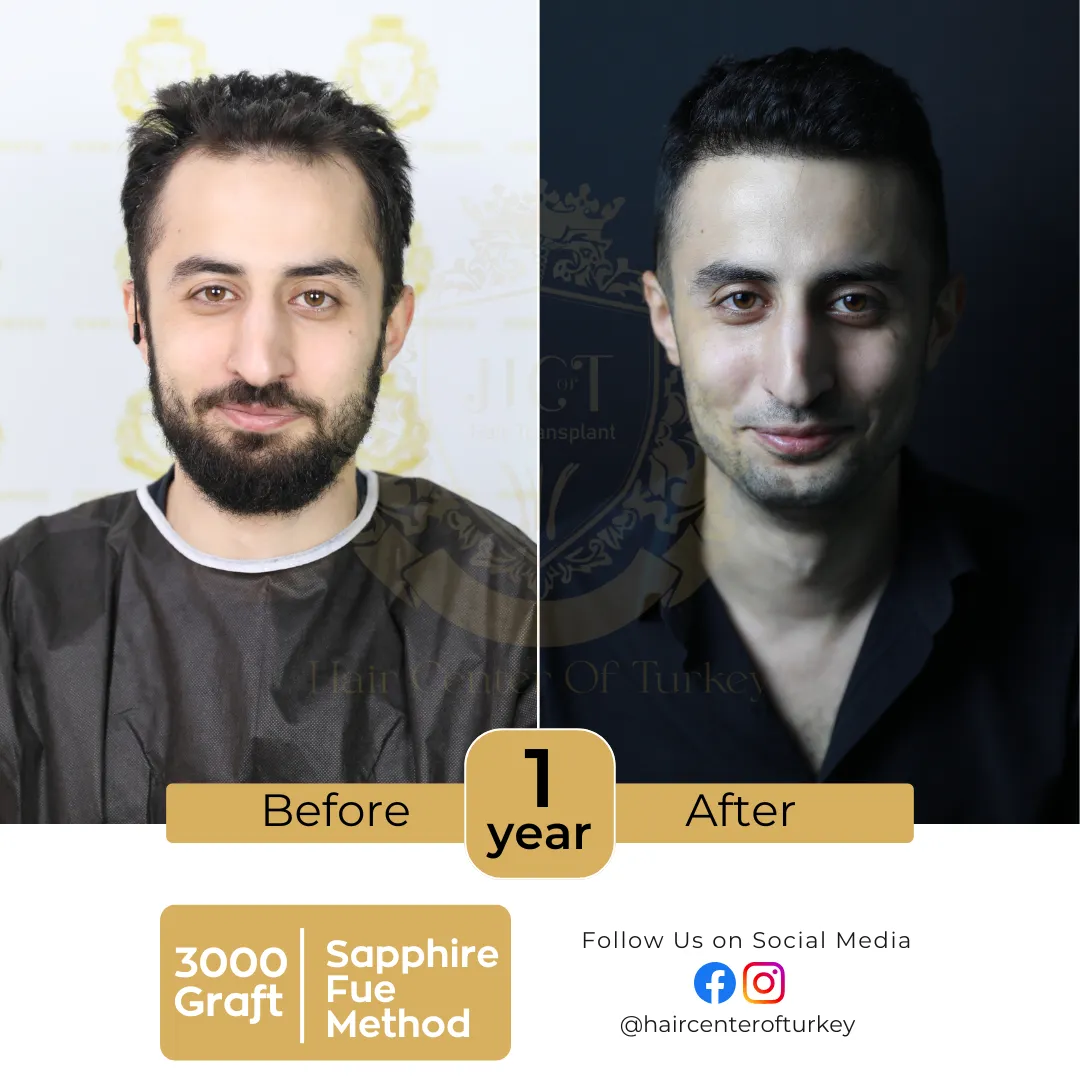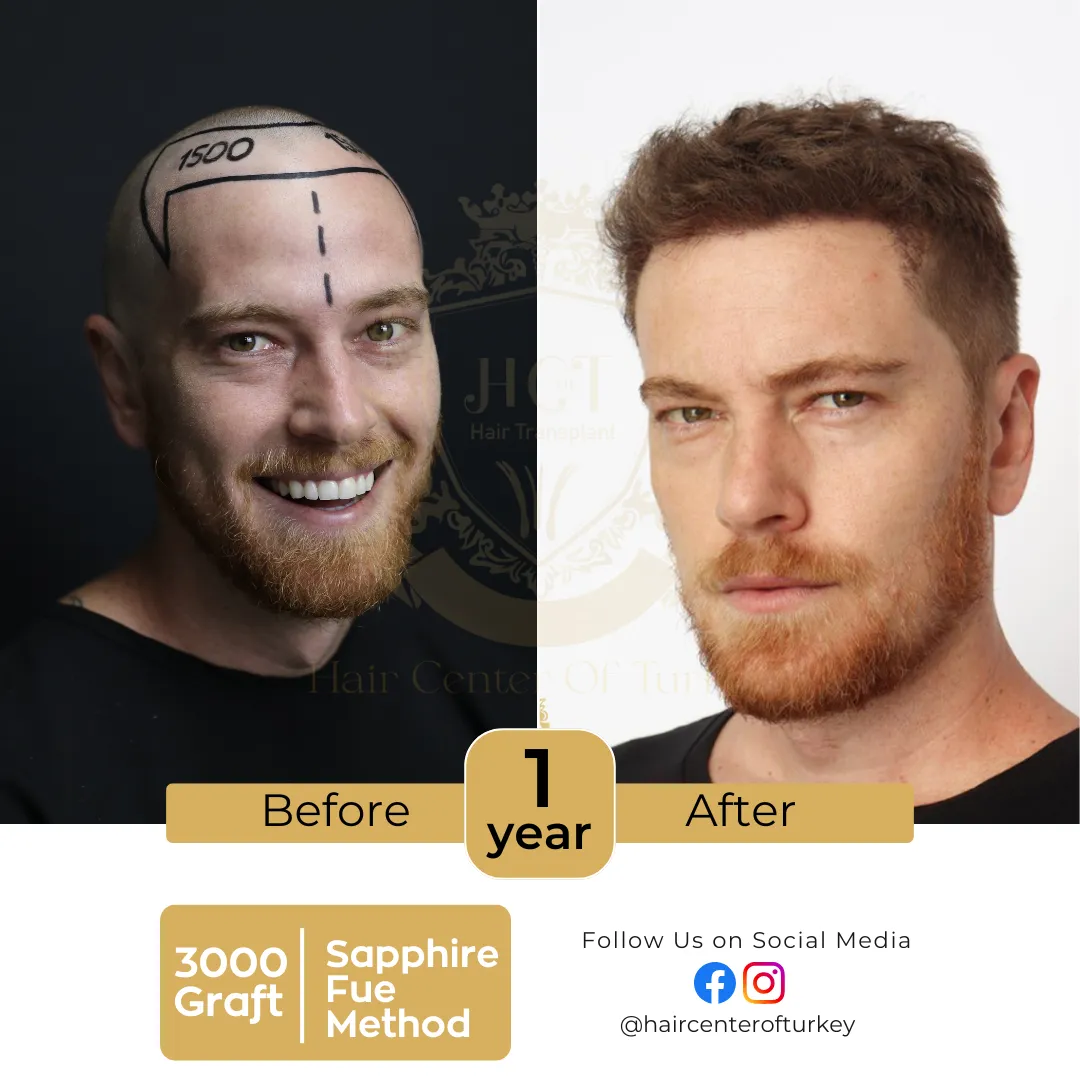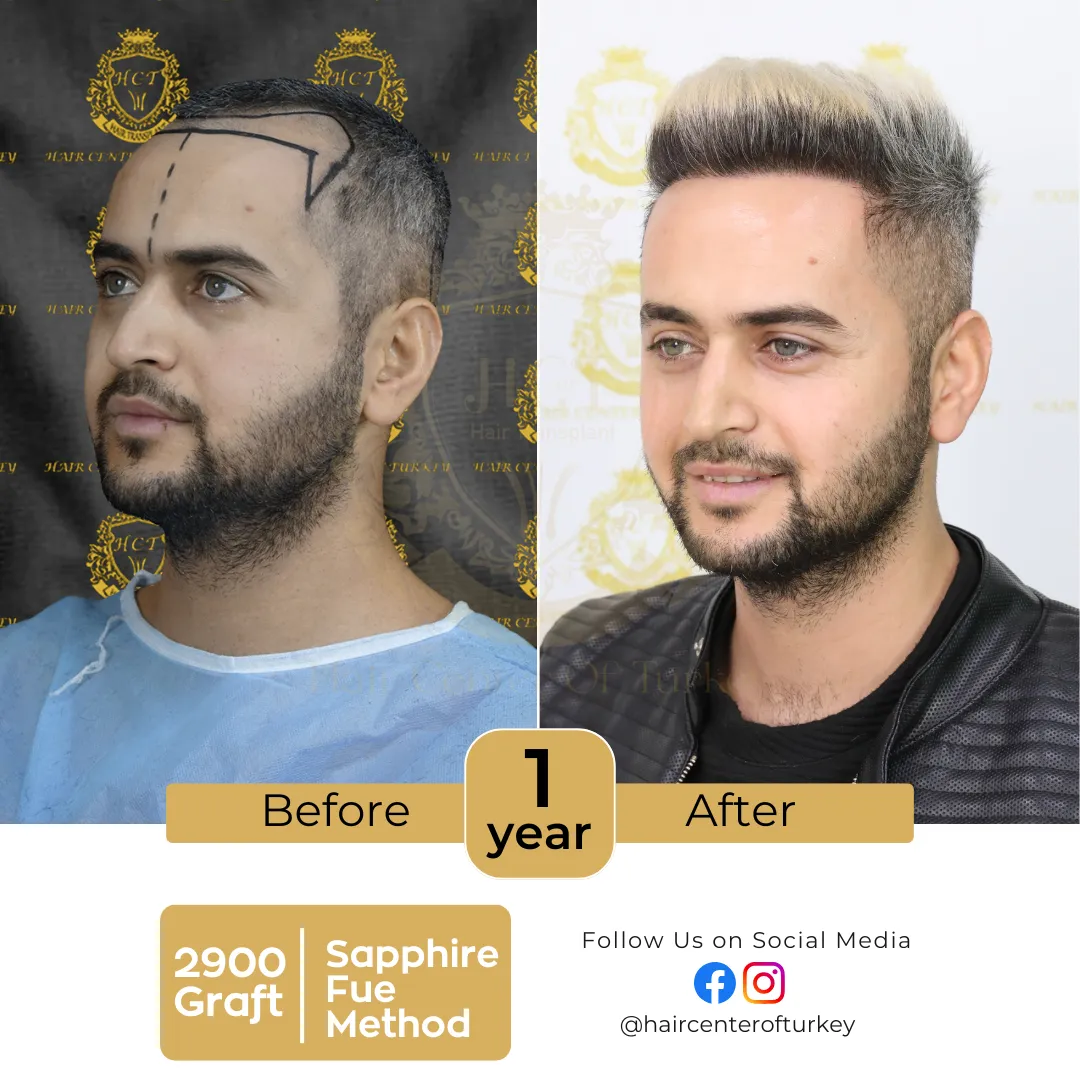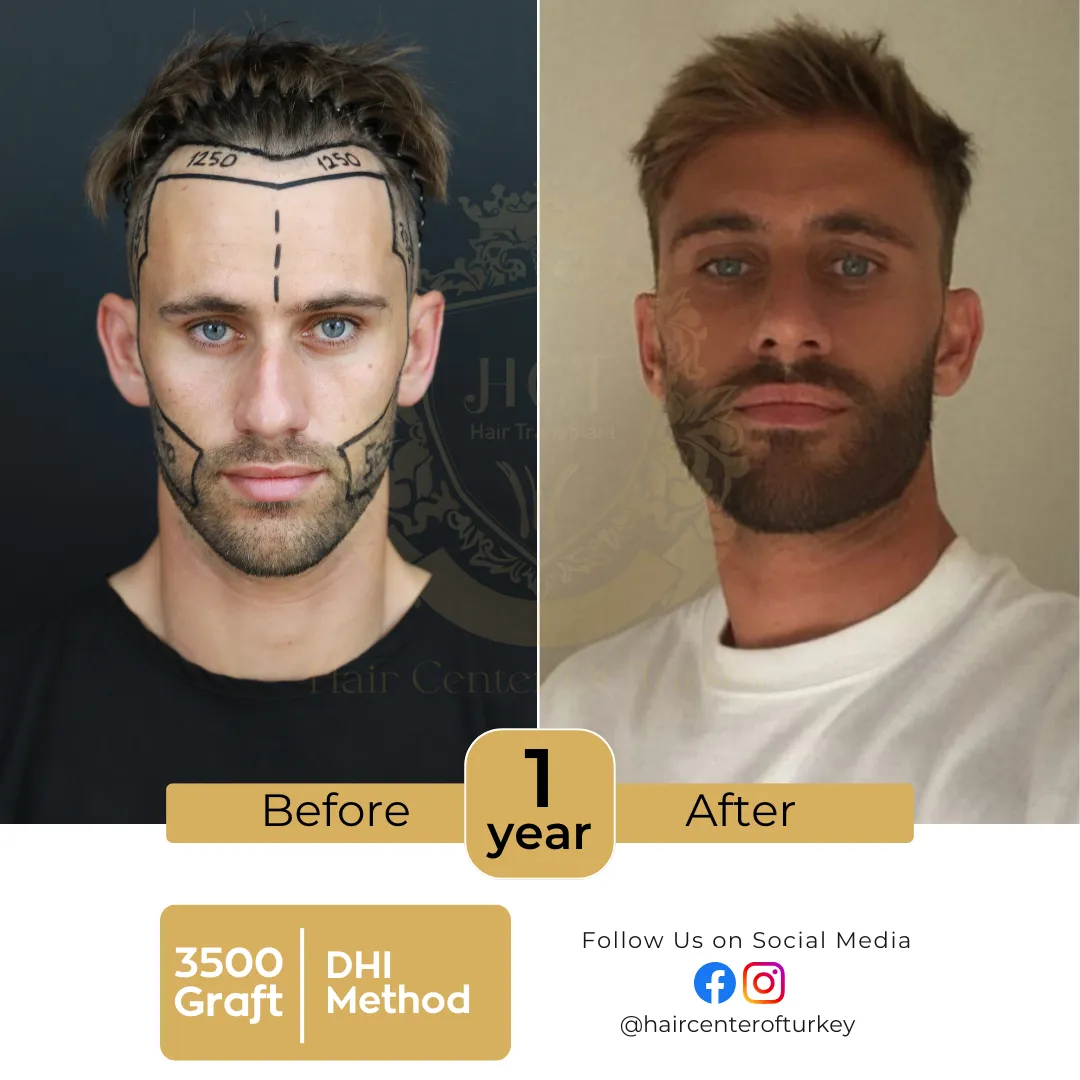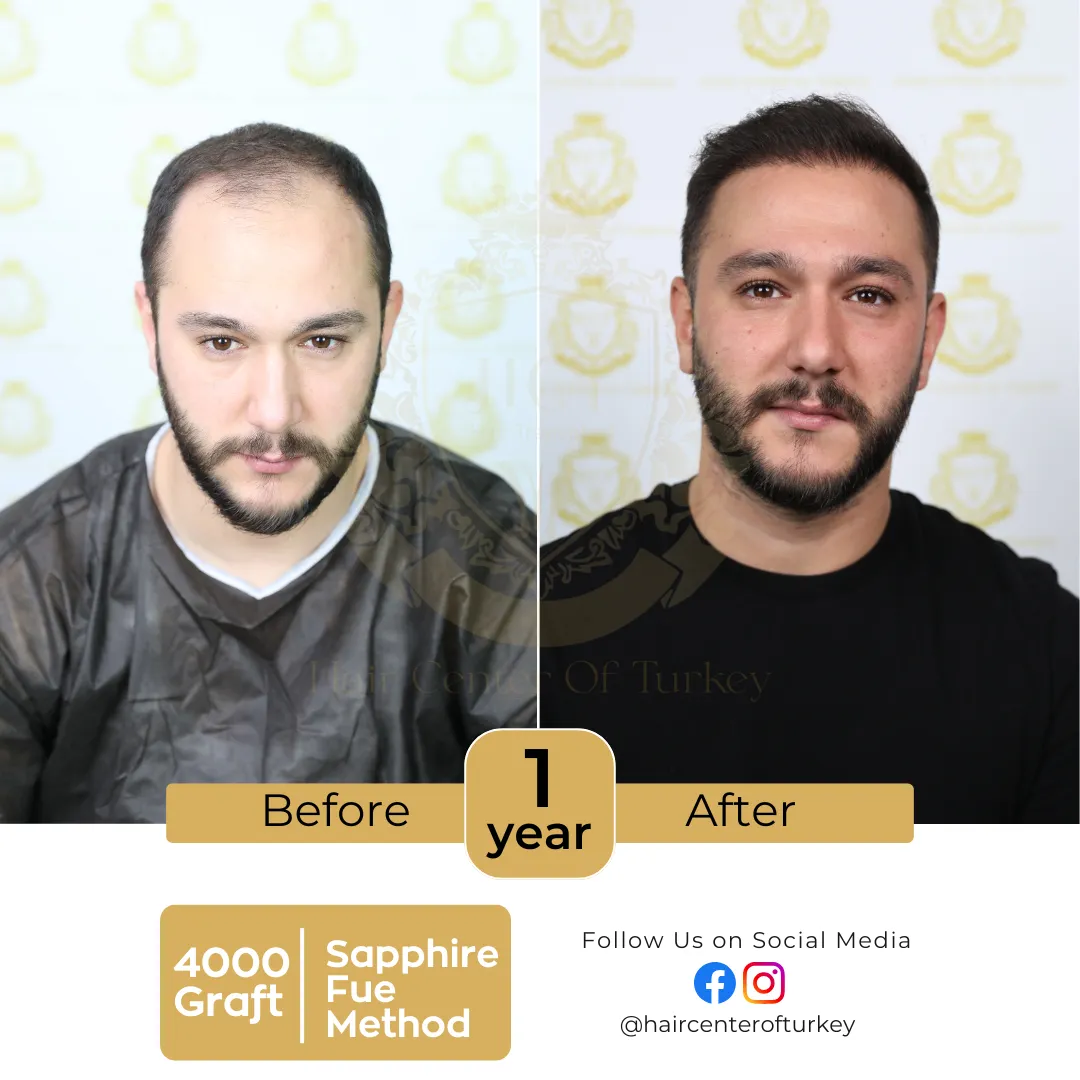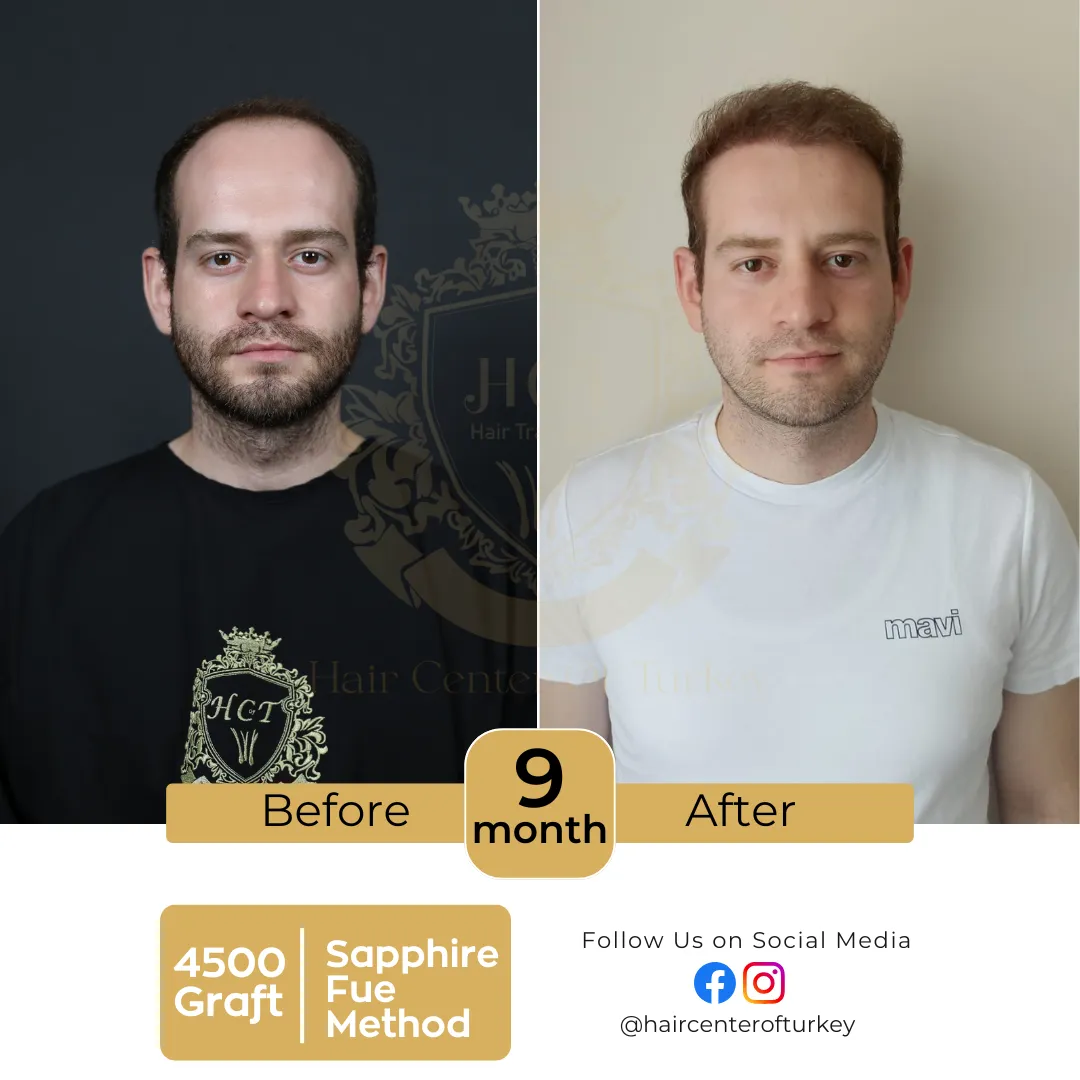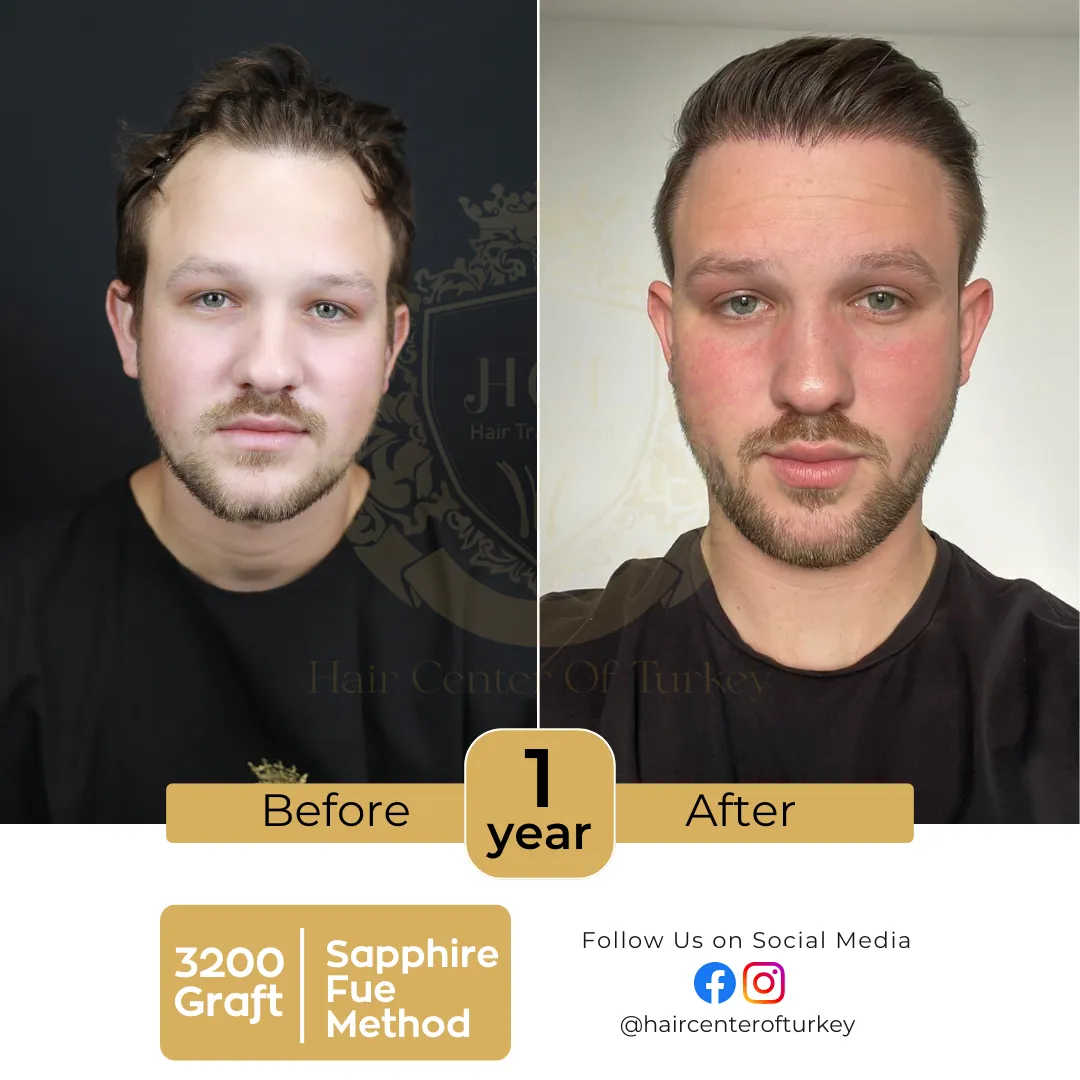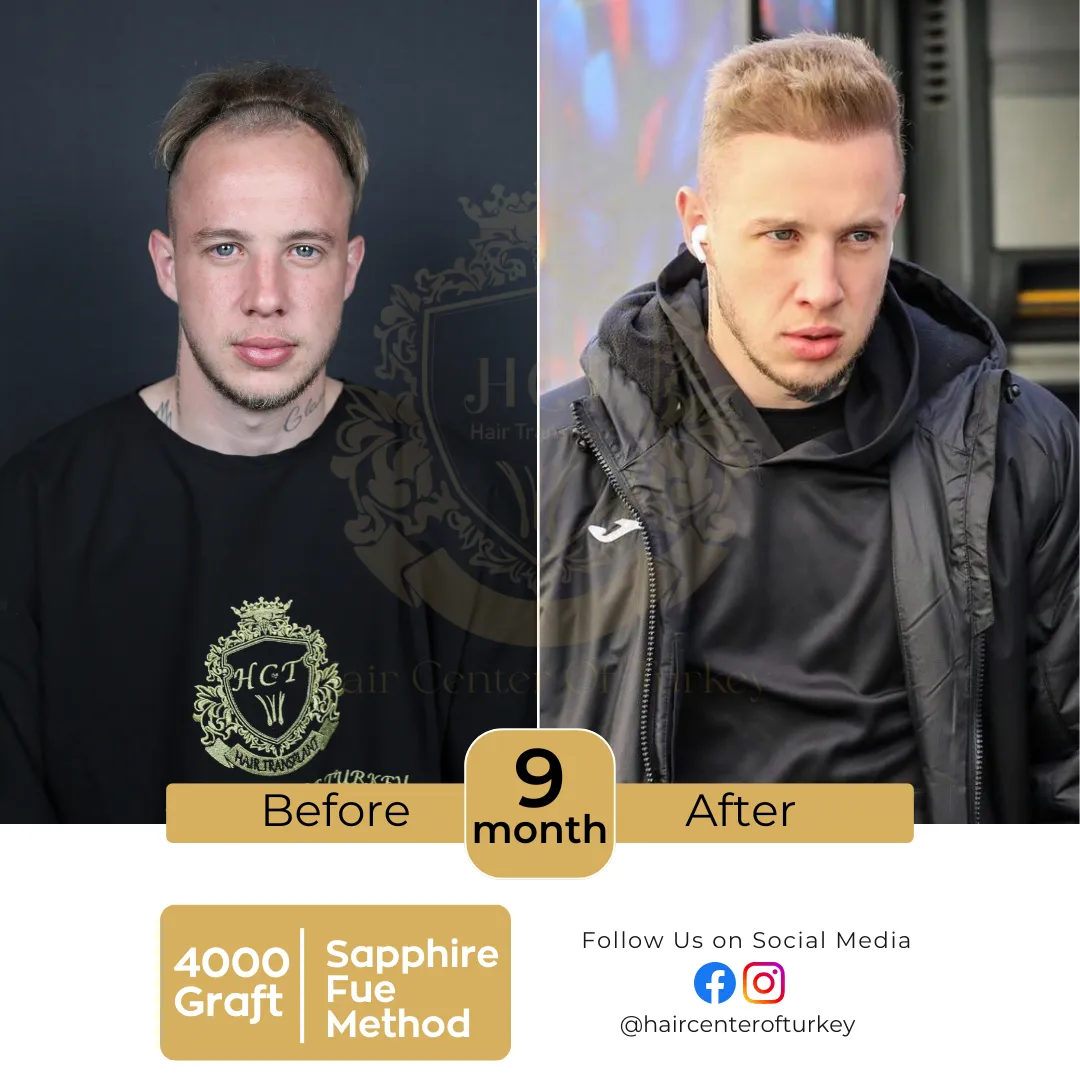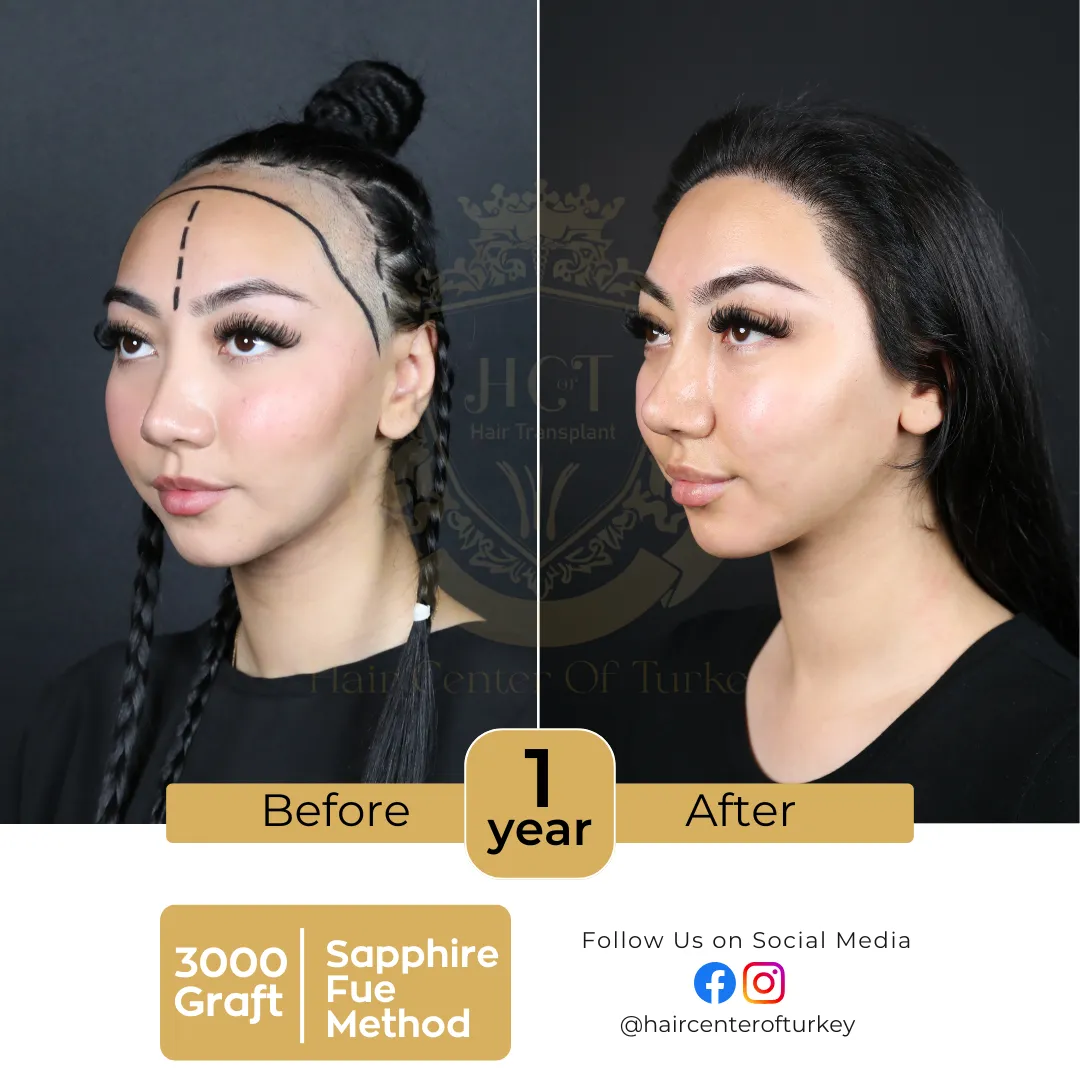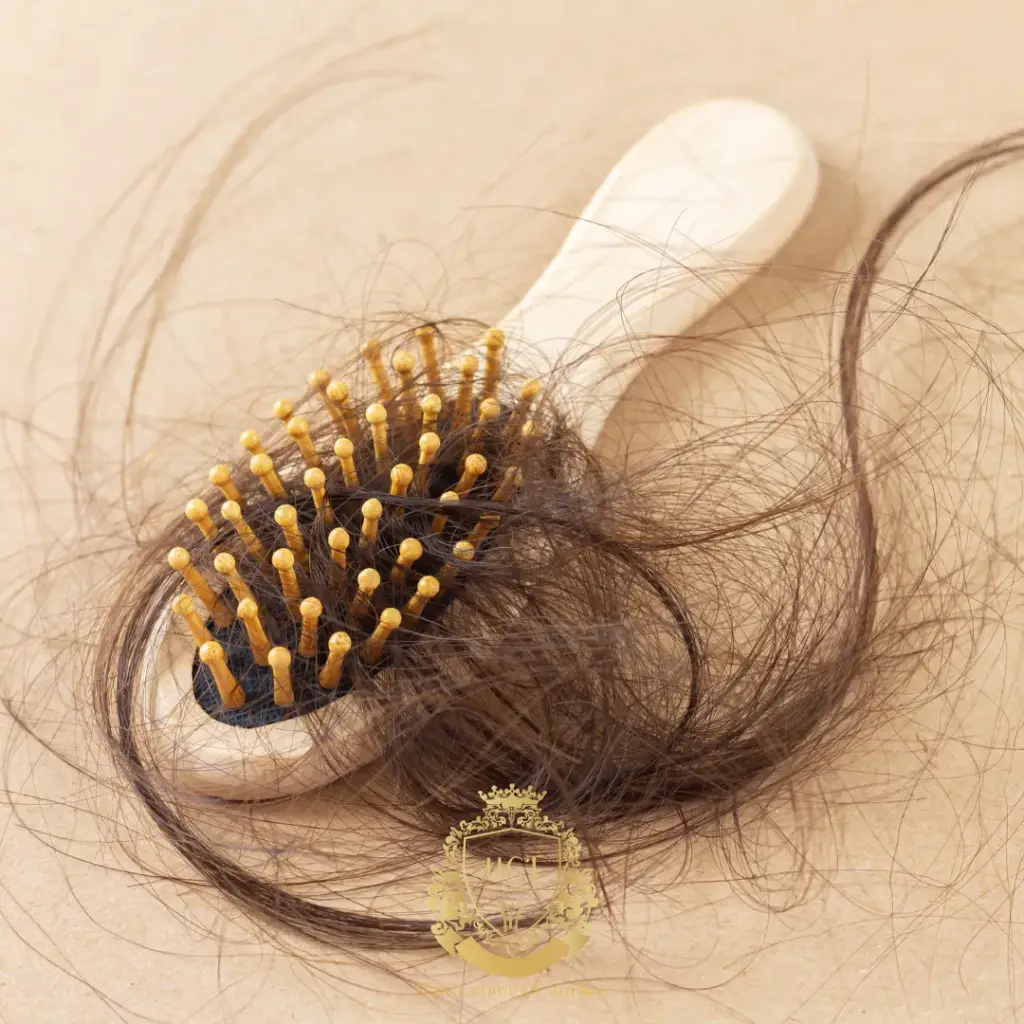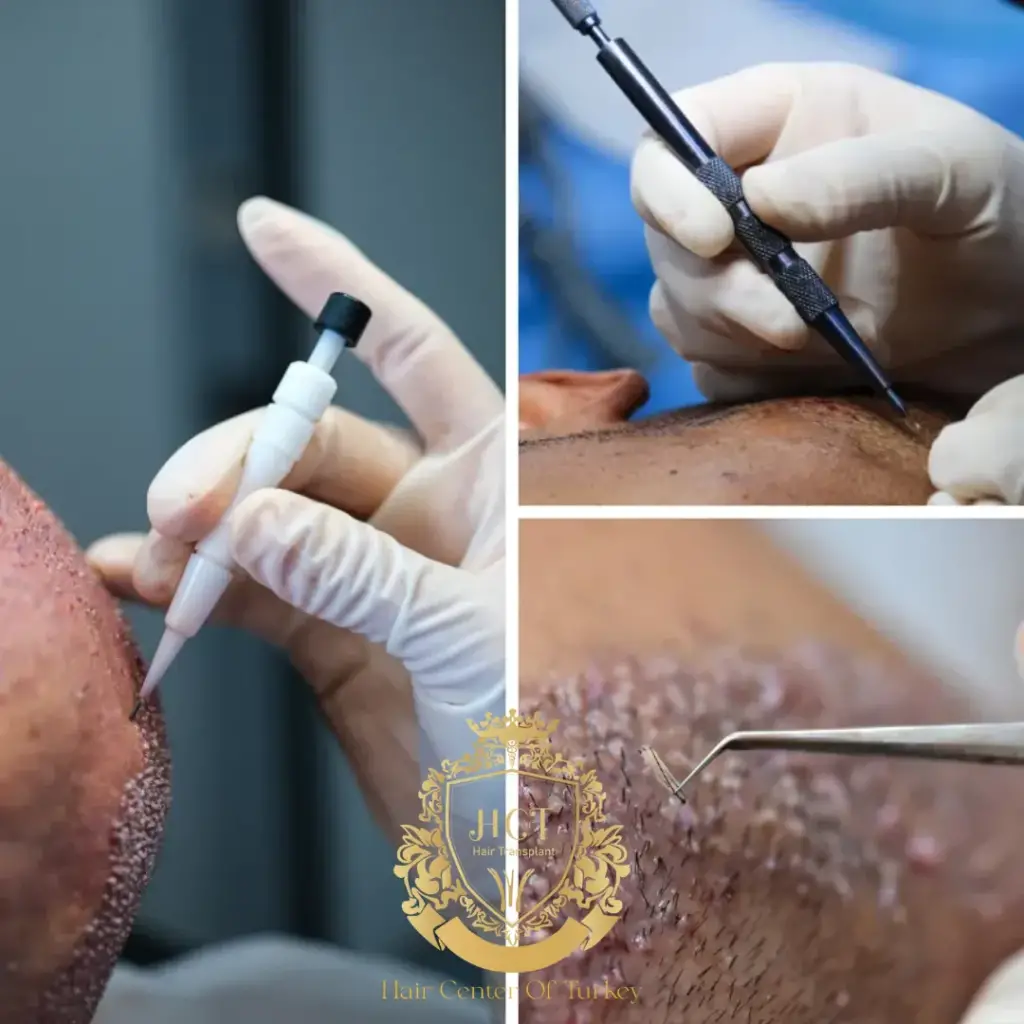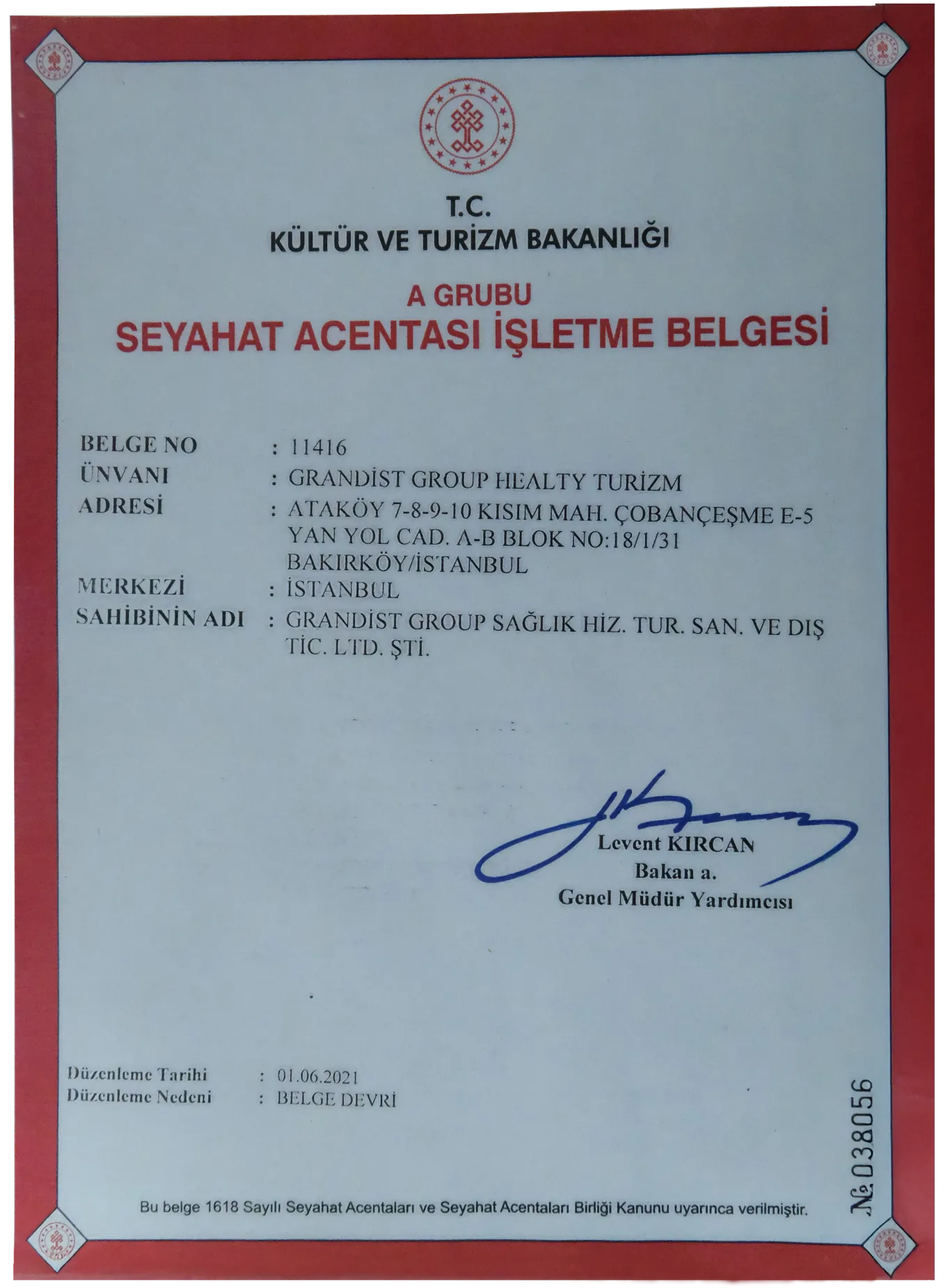How Long Do Hair Transplant Results Last and Are They Permanent?
Hair transplant surgery is often seen as a long-term solution for hair loss, especially for those who are tired of temporary fixes like topical treatments or concealers. But one of the most common questions people ask before committing to the procedure is: How long do hair transplant results last? And more importantly, are they truly permanent? In this article, we’ll break down what you can expect in terms of longevity, the factors that affect durability, and how to maintain your results over time.
Are Hair Transplants Really Permanent?
Yes — in most cases, hair transplant results are considered permanent. That’s because the hair follicles used in the procedure are taken from the “donor area” at the back and sides of the scalp. These follicles are genetically resistant to hair loss, meaning they continue to grow even when transplanted to bald or thinning areas.
Once the transplanted hair takes root and goes through the natural growth cycle, it will behave like the rest of your natural hair. It can be cut, styled, and even shaved without affecting its permanence.
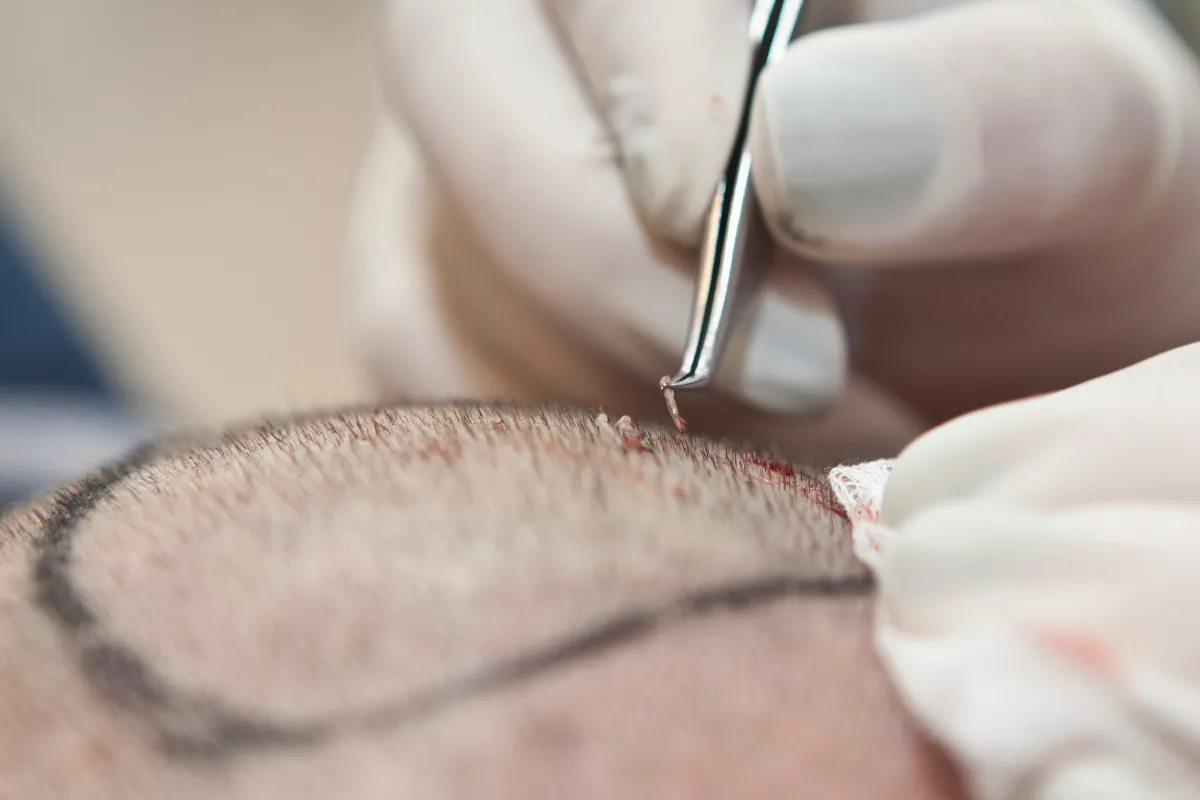
How Long Do Hair Transplant Results Typically Last?
If performed by an experienced surgeon using modern techniques like FUE (Follicular Unit Extraction) or DHI (Direct Hair Implantation), the results of a hair transplant can last a lifetime. However, this doesn’t mean that your entire scalp is immune to future hair loss.
While transplanted hair is permanent, the native (non-transplanted) hair around it may continue to thin or fall out over time. This is why it’s crucial to plan a transplant strategically, and in some cases, consider future touch-up procedures or complementary treatments.
What Affects the Longevity of a Hair Transplant?
Several factors can influence how long your results last and how natural they look over the years:
- Surgeon’s Expertise: The skill and planning of the surgeon are vital. Poor technique can result in low graft survival or unnatural hairlines.
- Donor Hair Quality: The thickness, density, and health of your donor hair impact both short-term and long-term results.
- Age and Progression of Hair Loss: Younger patients with unstable hair loss patterns may need future procedures as hair continues to thin.
- Lifestyle and Health: Smoking, poor nutrition, high stress, or underlying health issues can affect hair growth and sustainability.
- Aftercare Compliance: Following post-op care instructions ensures better graft survival and long-term success.
Does Transplanted Hair Fall Out?
Yes — but only temporarily. Within 2–3 weeks after surgery, the transplanted hairs usually fall out. This is completely normal and part of a phase known as “shock loss.” The follicles remain in place and begin producing new hair after 3–4 months. Full results typically appear within 10–12 months.
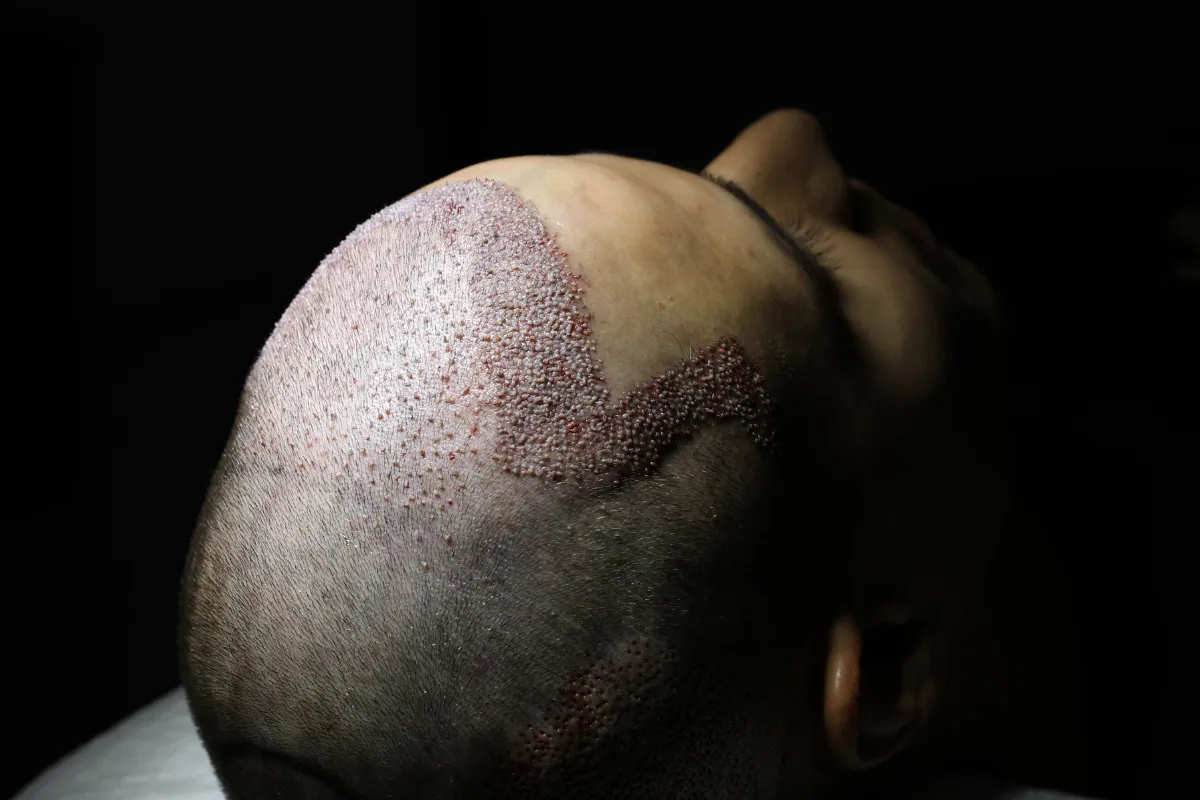
Can You Prevent Further Hair Loss After a Transplant?
Yes. Although the transplanted hair is permanent, the surrounding hair may still be vulnerable to thinning. To maintain overall density, doctors often recommend:
- Medications: Minoxidil or finasteride can slow or prevent further hair loss.
- PRP Therapy: Platelet-rich plasma injections stimulate existing follicles.
- Laser Therapy: Low-level laser therapy supports hair strength and growth.
- Healthy Lifestyle: Adequate sleep, balanced nutrition, and stress reduction all support long-term hair health.
Is There Ever a Need for a Second Transplant?
Sometimes, yes. Patients experiencing ongoing hair loss may benefit from a second session to maintain a uniform appearance. This can occur several years after the first procedure, depending on how their hair loss progresses.
Also, some patients may wish to increase density in specific areas or reshape their hairline as their face matures. As long as sufficient donor hair remains, additional transplants are possible.



